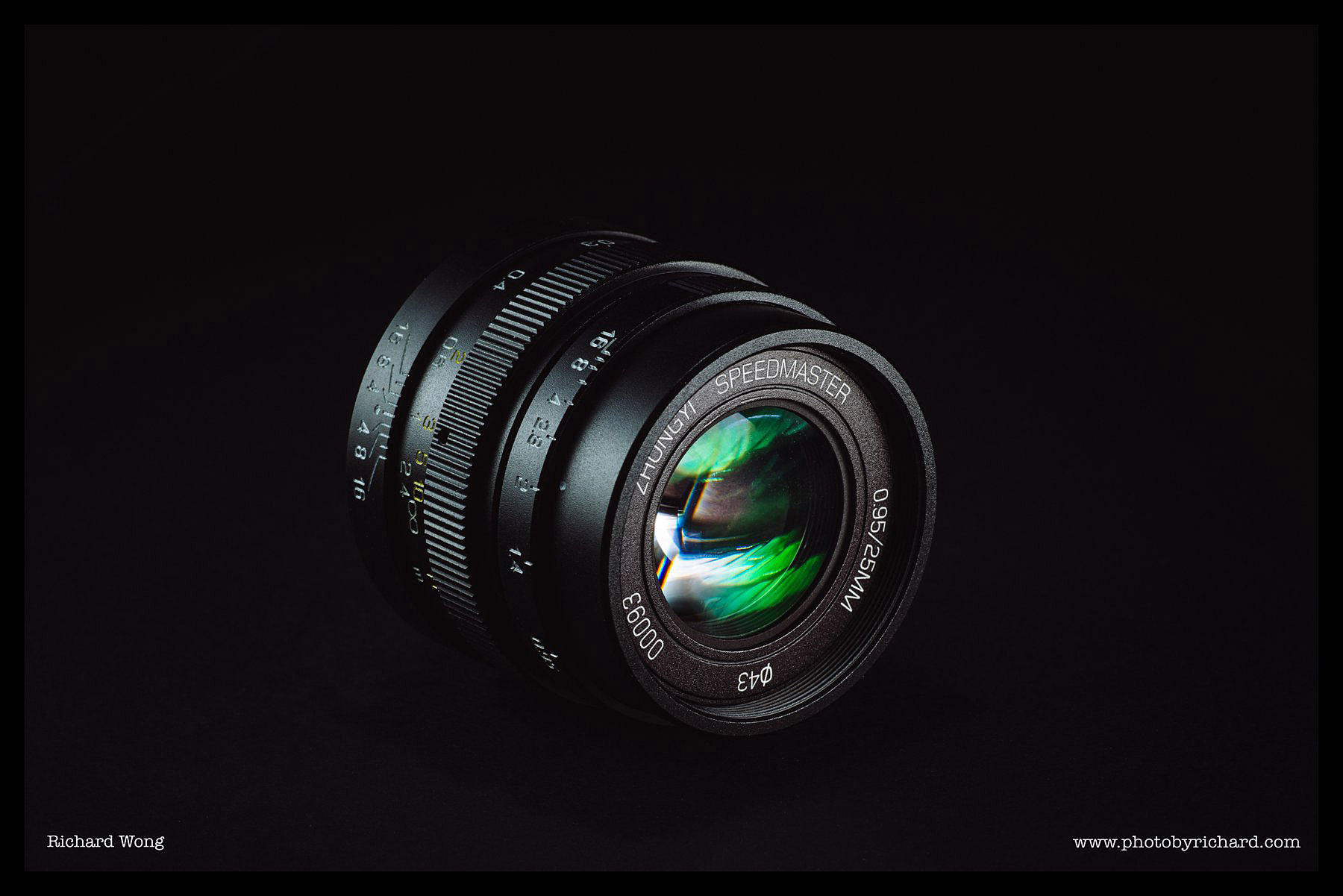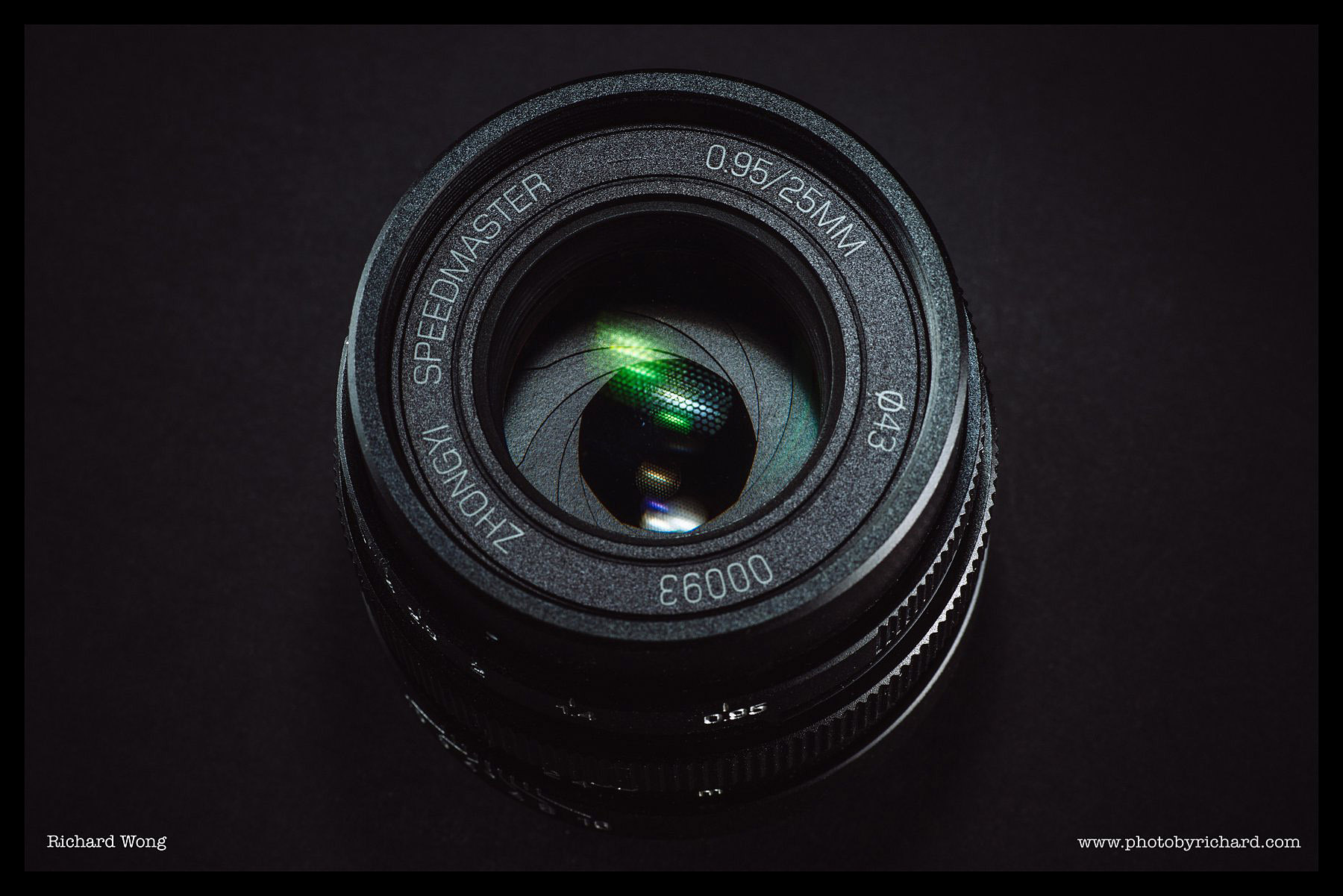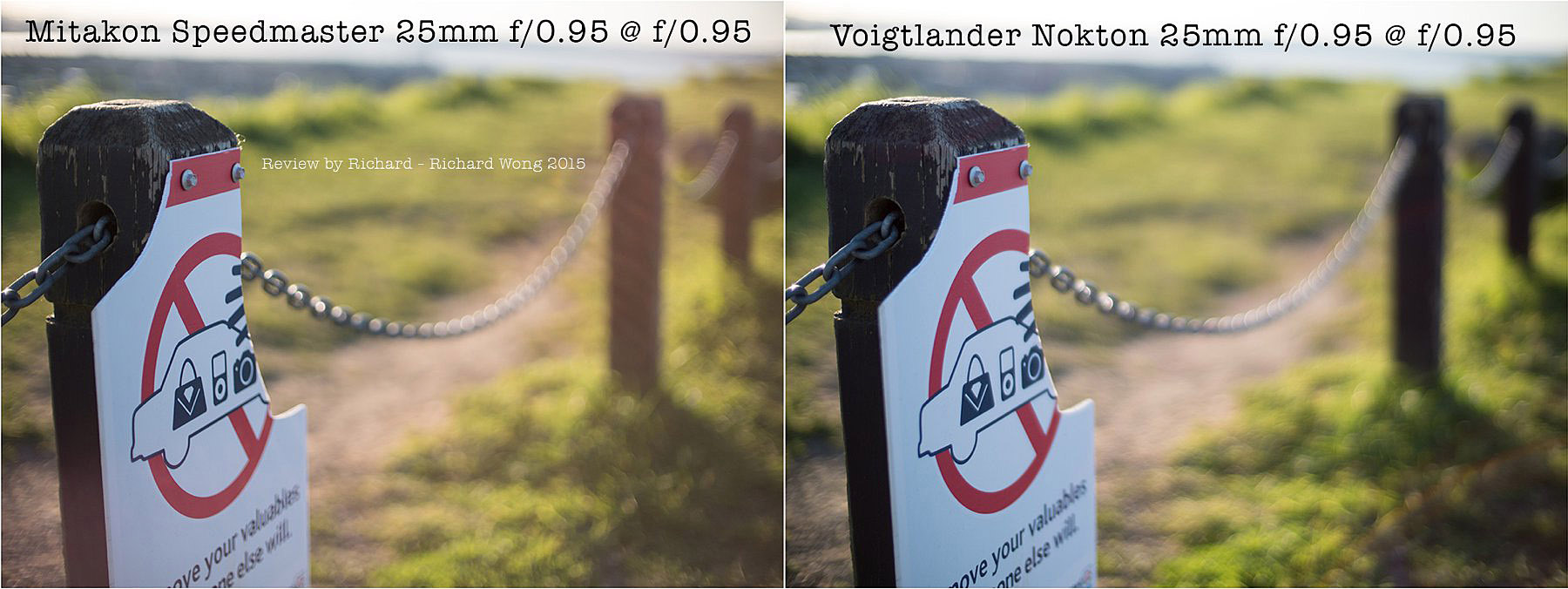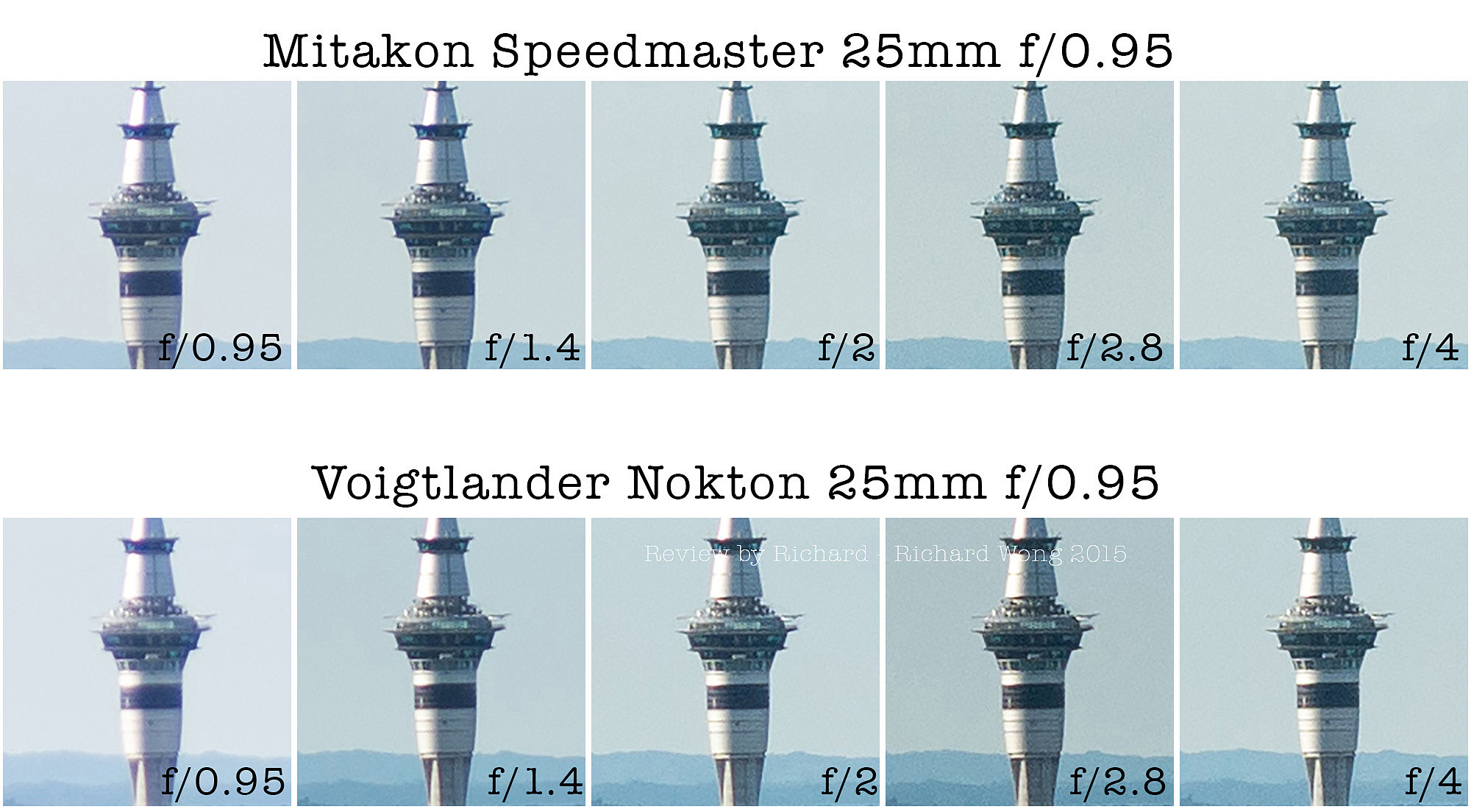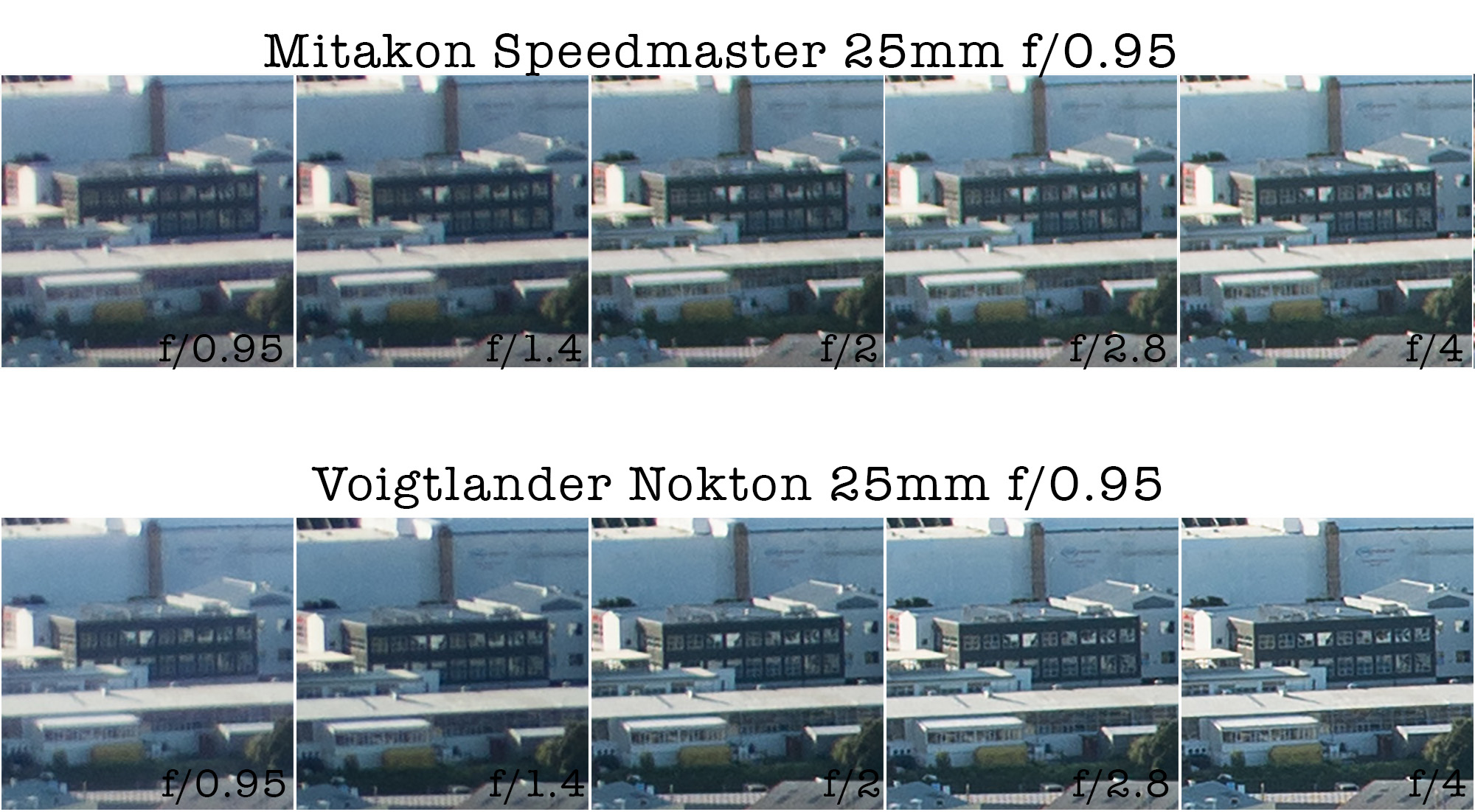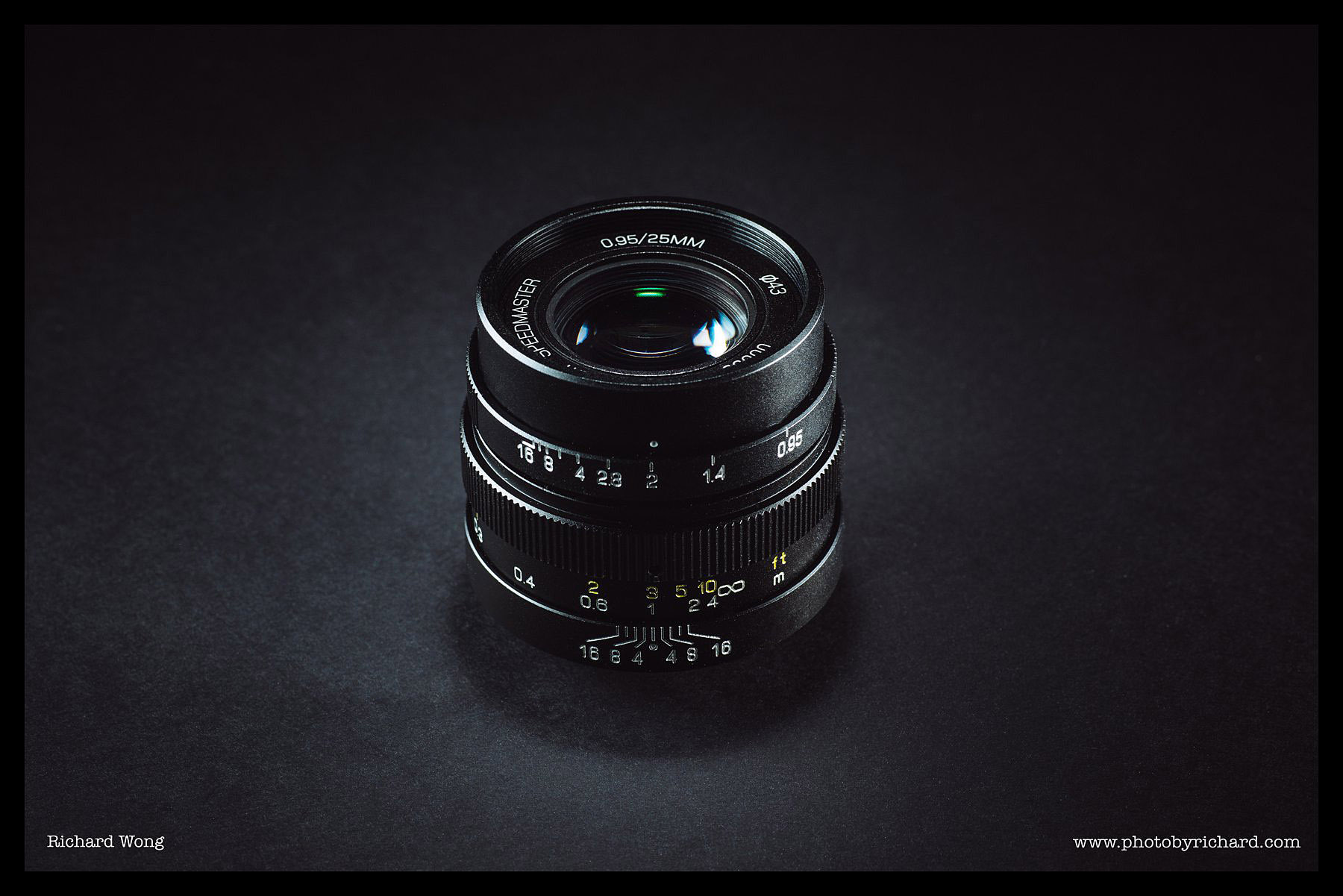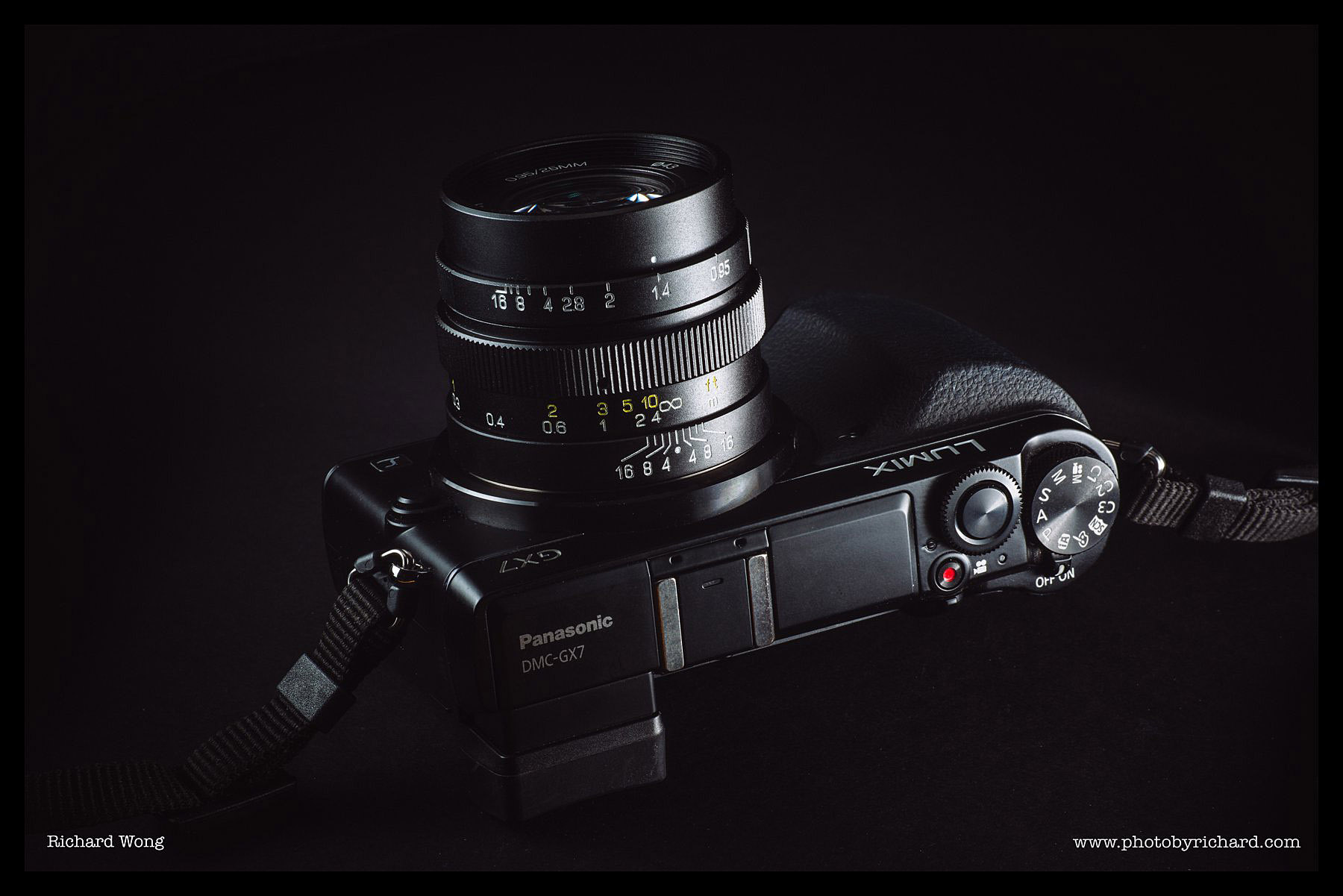A few weeks ago, the Chinese camera lens manufacturer Zhongyi (ZY Optics) contacted me and asked if I’m interested to try out their new Mitakon Speedmaster 25mm f/0.95 lens for the micro four thirds system.
I’ve tried their Mitakon Speedmaster 50mm f/0.95 (E mount) before and was quite impressed by it so yes I would love to see how this new lens performs and how does it compare with the Voigtlander Nokton 25mm f/0.95 which is one of my favourite micro four thirds lens.
So about two weeks ago, a parcel arrived and inside it is the brand new Mitakon Speedmaster 25mm f/0.95 lens. The sample lens I received just came off their production line and the retail packaging was still not ready. But I was told the retail version would come in a pretty nice leather box, similar to their other premium lenses like the Speedmaster 50mm f/0.95. It, which is a lot better than the typical cardboard/polystyrene boxes that most other camera lenses companies use. Since the Mitakon’s retail price is only US$399, this easily make it’s cool packaging vs price ratio second to none.
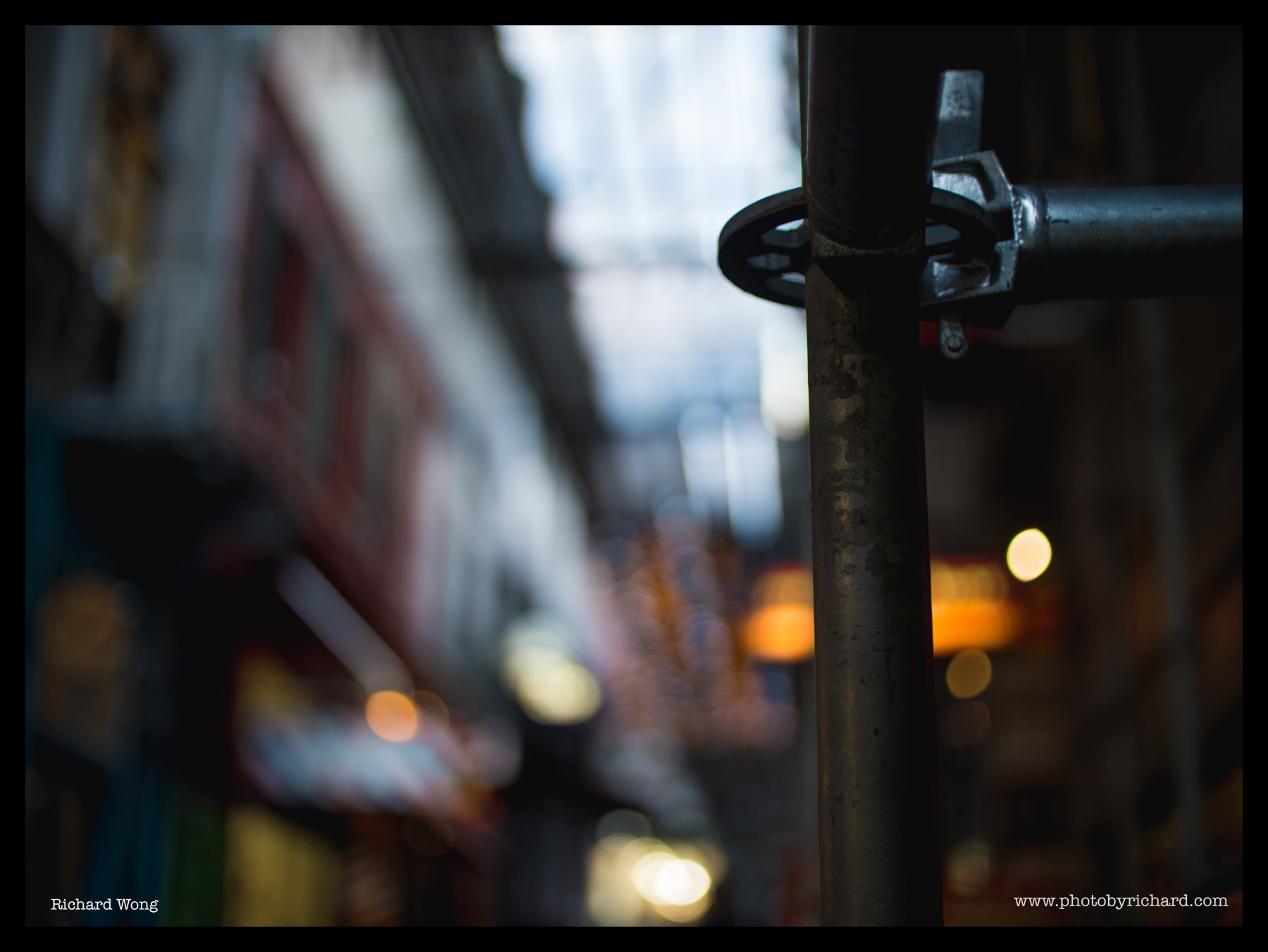 Panasonic GX7 + Mitakon Speedmaster 25mm f/0.95 – ISO 200 f/0.95 1/200s
Panasonic GX7 + Mitakon Speedmaster 25mm f/0.95 – ISO 200 f/0.95 1/200s
Enough talk about the packaging, let’s go back to the lens itself. When I took the lens out of the box, I was quite surprised by how small the Mitakon 25mm lens is! I knew Zhongyi claimed this is the world’s lightest f/0.95 lens, but I was still expecting a reasonably large lens (large in micro four thirds standard), something similar to the Voigtlander 25mm f/0.95. But while my photo below may not give you a real comparison of the sizes, in real world, the Mitakon is significantly smaller than the Voigtlander 25mm f/0.95, even when compare to the Panasonic Leica 25mm f/1.4, the Mitakon is still a little bit smaller. Now this is seriously impressive for a lens with f/0.95 maximum aperture!
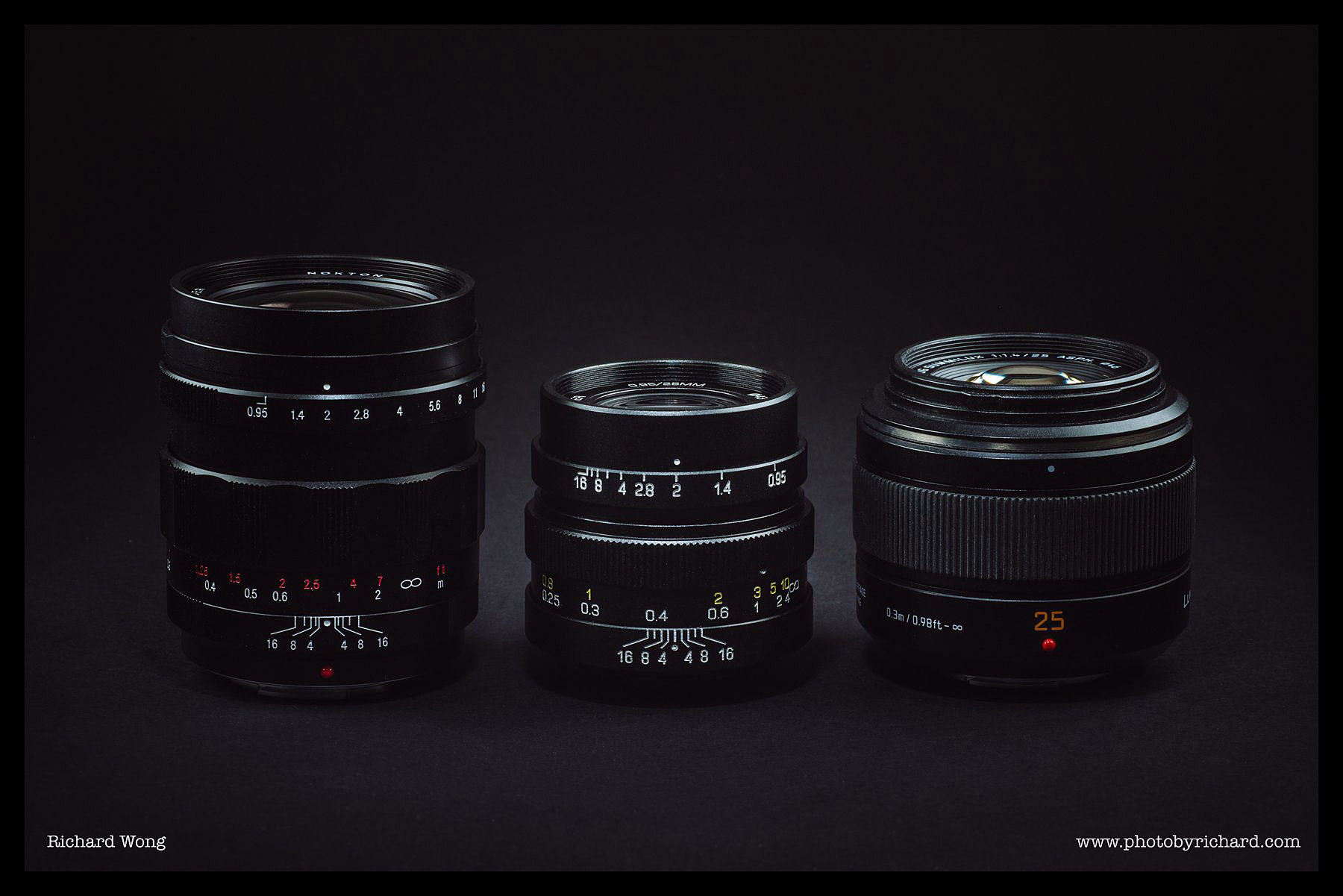 Size Comparison of the three fastest 25mm micro four thirds lenses. From Left to right:
Size Comparison of the three fastest 25mm micro four thirds lenses. From Left to right:
Voigtlander Notkon 25mm f/0.95, Mitakon Speedmaster 25mm f/0.95, Panasonic Leica 25mm f/1.4
Special thanks to the New Zealand Voigtlander Distributor Progear for loaning me the Voigtlander Nokton 25mm f/0.95 for the comparison tests.
But despite the small size, the Mitakon 25mm has quite a complicated optical design. There are a total of 11 elements in 9 groups, including one extra low dispersion elements and a few extra-high Refractive Index elements. The specs definitely look quite impressive. but what’s most important is it’s actual optical performance, which we’ll have a look soon. But because of the optical design includes an extruded rear element, the Mitakon cannot be used with a number of micro four thirds cameras which has a raised component near the sensor, this includes a couple of Olympus cameras: E-PL6, E-PL5, E-PM2 and OMD EM5 (original one). This is a bit annoying and will for sure catch some people unaware and potentially damage their brand new lens (and maybe even camera) when they try to jam the lens onto the camera. Zhongyi probably should put a big warning sticker in the box to warn people about it as not everyone would be aware of this.
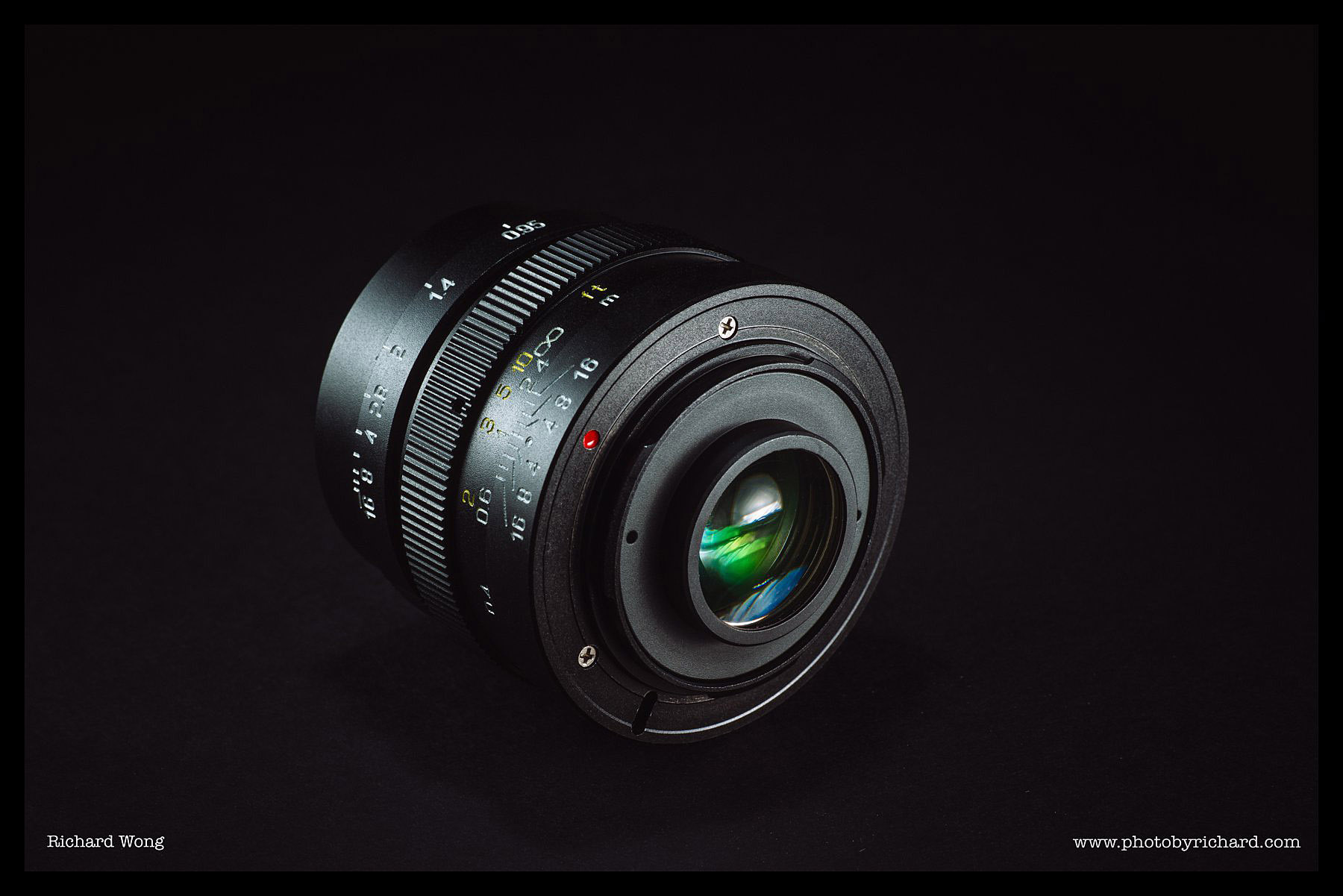 Unfortunately the extruded rear element make it not compatible with a few cameras.
Unfortunately the extruded rear element make it not compatible with a few cameras.
The Mitakon has a metal body. Build quality may not be as nice as the Voigtlander but still quite decent and solid. But even though it’s made of metal, the Mitakon is still only 230g. It is not much heavier than the Panasonic Leica 25mm f/1.4 (200g) which is, a lot more plastic in comparison. And when compared to the 435g Voigtlander Nokton 25mm f/0.95, the Mitakon is 200g lighter which is almost half the weight of the Voigtlander! The Mitakon feels well balanced when mounted onto pretty much any micro four third cameras. Unlike the Voigtlander which would feel really front heavy when paired with a smaller micro four thirds camera.
Mitakon’s focus ring is well dampened and smooth to operate. Total travel is about 110 degree from closest to infinity. Note: the focus ring (far end) actually rotates a few mms pass infinity. I felt the focus ring is slightly too loose and prefer it to have a bit more resistance, like the buttery smooth yet firm focus ring on the Voigtlander Nokton. But it is still a pleasure to manual focus with the Mitakon Speedmaster 25mm f/0.95. A good old mechanical focus ring like the one on the Mitakon just feel so much better than the fly by wire focus ring on most autofocus micro four third lenses.
The aperture ring is located at the front of the lens. It’s a de-clicked design like the Mitakon Speedmaster 50mm f/0.95 review which allows you to adjust the aperture smoothly, great for video work but makes it a bit harder for photographer to adjust the aperture precisely without looking at the marks on the ring. Since the Mitakon 25mm is quite a compact lens with the aperture and focus rings quite close together, I sometimes rotated the aperture ring instead of the focus ring by mistake. This was never an issue when i was shooting with their Speedmaster 50mm f/0.95 lens as it was a much larger lens and the two rings are further apart. But anyway I think it would be great if Zhongyi could make it a selectable design so photographers can choose to use the traditional click stops aperture ring instead.
 Panasonic GX7 + Mitakon Speedmaster 25mm f/0.95 – ISO 200 f/0.95 1/200s
Panasonic GX7 + Mitakon Speedmaster 25mm f/0.95 – ISO 200 f/0.95 1/200s
With the f/0.95 maximum aperture, it is relatively easy to melt the background completely when you are shooting close up objects or portrait head shot. But when you subject is more than a few meters away, then quite often the bokeh would have halo near the edge which looks a bit nervous and distracting. This is most noticeable when the bokeh is very small.
But with the 11 curved aperture blades, the bokeh is quite round, almost circular shape from wide open all the way to f/4 and probably beyond. Also the bokeh is also not too swirly even at f/0.95.
The two photos below were taken at exact same spot with the Mitakon 25mm f/0.95 (left) and Voigtlander 25mm f/0.95 (right) and both at f/0.95. The less nervous bokeh from the Voigtlander gives you a smoother and more dreamy background. Again, it’s purely a personal preference, so have a look and decide which look you like more?
Also notice that there was quite strong direct sunlight coming from the side of the lens when I took the photos, and the lens flare caused the photo taken with the Mitakon to have lower contrast and a red/purple-ish tint while the Voigtlander maintains higher contrast with no colour tint but then there is a bit of rainbow colour flare at the corner.
There are questions and concerns about whether the Mitakon Speedmaster 25mm f/0.95 is indeed a true f/0.95 lens or not. I’ve contacted Zhongyi and ask them about it. And their engineering director replied and said it is indeed f/0.95
They also told me they are revising their 35mm f/0.95 lens (their first product) with new optics and coating. And the mk II version of the 35mm f/0.95 will be released later this year and also exhibit in the October Photoplus show in New York.
But anyway, from the comparison photos I took like the one above and also checking the exposure settings, I have no reason to believe the maximum aperture size is not the same as the Voigtlander, nothing significantly different anyway.
Speak about flare, I think it’s fair to say the Mitakon 25mm’s flare resistance is nowhere as good as the best lenses like the Nikon Nano coating lenses. There could be quite a bit of flare but I don’t find it really bad when the light source is directly in front of the camera. Lens flare is most noticeable when the light source is from the side of the lens, which also creates a bit of colour cast. Luckily a good lens hood could reduce this problem a lot. As there is no lens hood comes with the lens, go get yourself an aftermarket lens hood if lens flare is not your thing. I do also notice there could also be a bit of small-ish round highlight blob near the street lights when shooting at night with dark background.
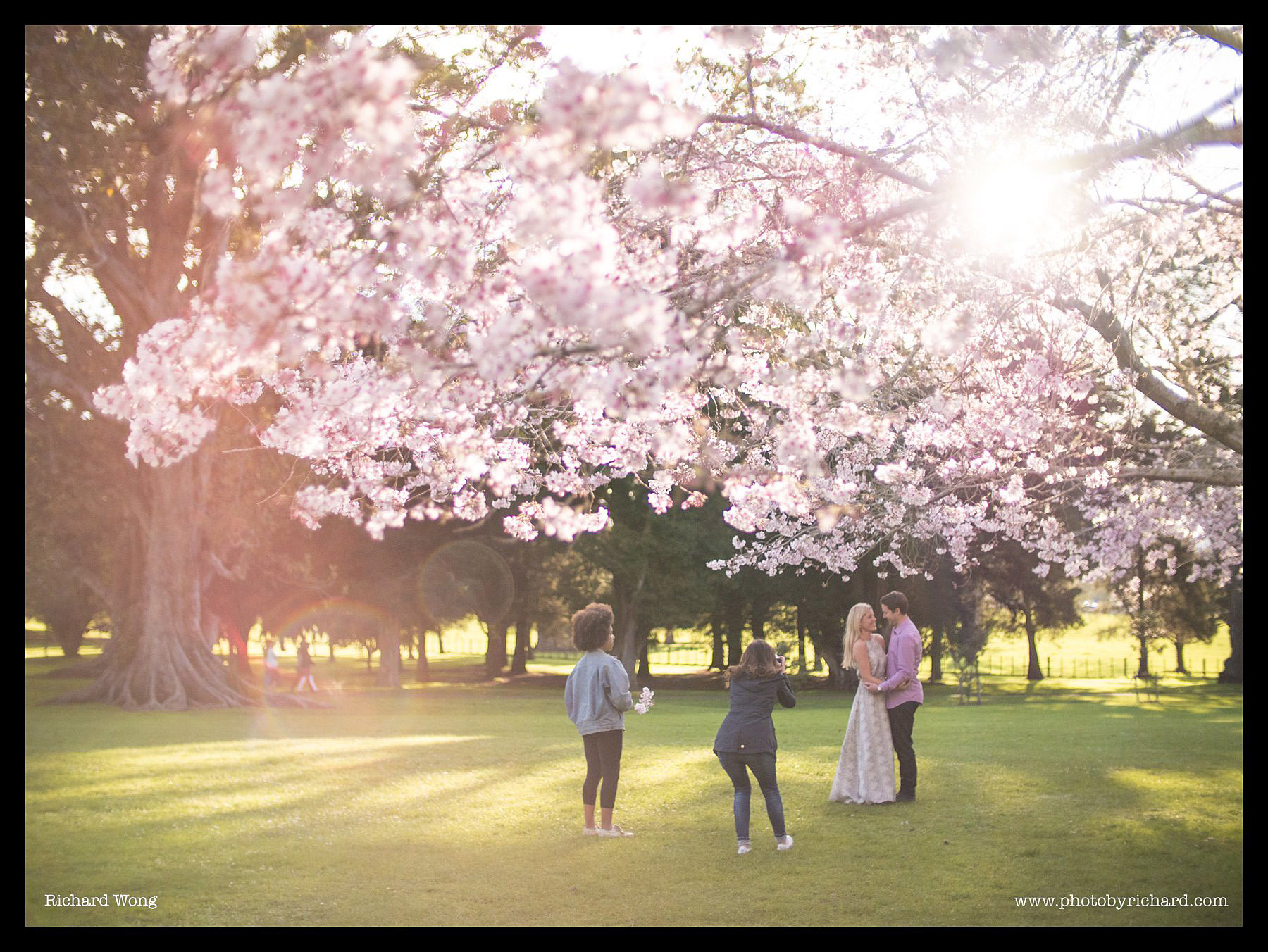 Panasonic GX7 + Mitakon Speedmaster 25mm f/0.95 – ISO 200 f/0.95 1/5000s
Panasonic GX7 + Mitakon Speedmaster 25mm f/0.95 – ISO 200 f/0.95 1/5000s
Lens flare could good or bad
Mitakon’s minimum focus distance is 0.25m which is slightly closer than the Panasonic 25mm’s 0.3m but not as close as Voigtlander which can focus really close (0.17m). But while the Voigtlander allows you to focus at closer distance, image from the Voigtander is really quite soft at minimal focus distance while with the Mitakon you still get sharp image at it’s minimal focus distance.
 Panasonic GX7 + Mitakon Speedmaster 25mm f/0.95 – ISO 200 f/4 1/250s
Panasonic GX7 + Mitakon Speedmaster 25mm f/0.95 – ISO 200 f/4 1/250s
At minimal focus distance
Vignetting is obvious at f/0.95 as you could expect for a fast prime lens. Consider the lens’s f/0.95 maximum apertur, I find the amount of vignetting acceptable. Stop down to f/2 would reduce vignetting quite a lot.
For such a fast lens, chromatic aberration seems to be quite well controlled. While there is a bit of colour fringing around high contrast areas, I don’t think the Mitakon is doing too bad when compared to most fast prime lenses. For example I experienced at least the same amount if not more chromatic aberration with the Panasonic Leica 25mm f/1.4 which is a 1 stop slower lens. (all my sample photos do not have any chromatic aberration correction turned on). There is quite a bit of longitudinal chromatic aberration at wide open but that greatly reduced when stop down to f/1.4 and nothing to worry about at f/2.
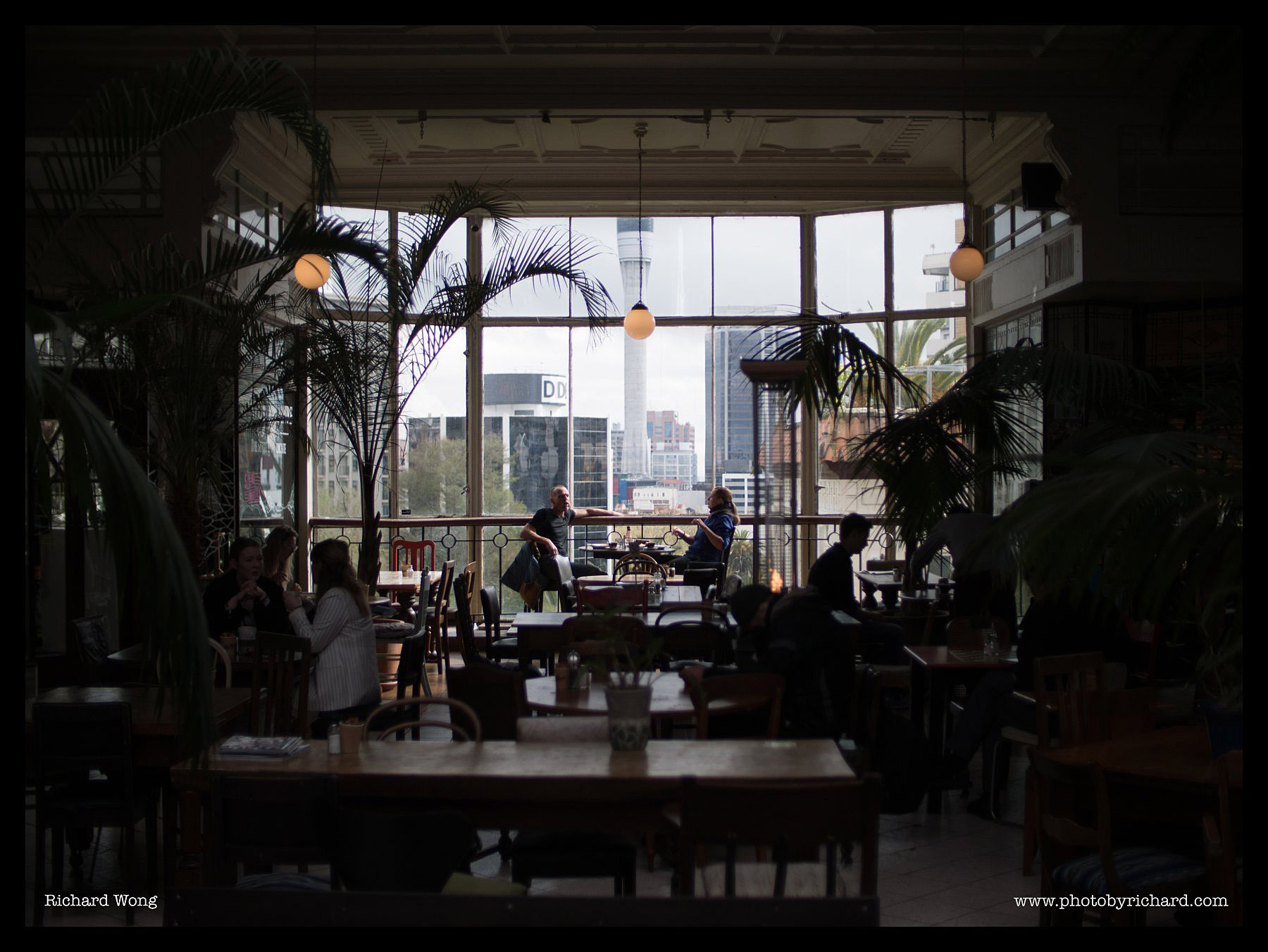 Panasonic GX7 + Mitakon Speedmaster 25mm f/0.95 – ISO 200 f/0.95 1/8000s
Panasonic GX7 + Mitakon Speedmaster 25mm f/0.95 – ISO 200 f/0.95 1/8000s
Now let’s have a look at the image sharpness from the Mitakon, and let me show you some comparison photos done with the Voigtlander Nokton 25mm f/0.95 and the Panasonic Leica 25mm f/1.4.
First the centre sharpness, below are the 200% zoom crops right at the centre of the frame.
(click on the photo to see at 200%)
At f/0.95, the Mitakon’s centre sharpness is quite good already. Definitely sharp enough for most applications. And comparing it to the Voigtlander, the Mitakon is actually sharper at f/0.95. And at f/1.4, the Mitakon is just as sharp or even slightly sharper than the Panasonic Leica 25mm f/1.4 @ f/1.4. The centre sharpness just keep increase when you stop down and by f/2.8, it’s already really sharp. Top score to the Mitakon.
Next, the edge sharpness, 200% zoom comparison photo first.
(click on the photo to see at 200%)
While the Mitakon’s center sharpness at wide open is excellent, the edge sharpness is slightly different. At f/0.95, the Mitakon is quite soft with a bit of soft glow (dreamy glow?). To be fair, the Voigtlander is also a bit soft at f/0.95. Stop down to f/1.4 improves slightly but only from f/2 onwards then the edges becomes a lot sharper. By comparison, the Panasonic seems to be quite a lot sharper even at maximum aperature.
So if you like to shoot landscape or anything that edge sharpness is important and you shoot at wide open (but then does anyone shoot landscapes at f/0.95?), then the Mitakon 25mm is probably not the best choice for you.
But if you want to use it for portraits, or any kind of photo that doesn’t require excellent edge sharpness, then the Mitakon Speedmaster 25mm f/0.95 gives you excellent image sharpness near the centre, and it’s slightly poor edge sharpness probably won’t be an issue at all or may even work to your advantage.
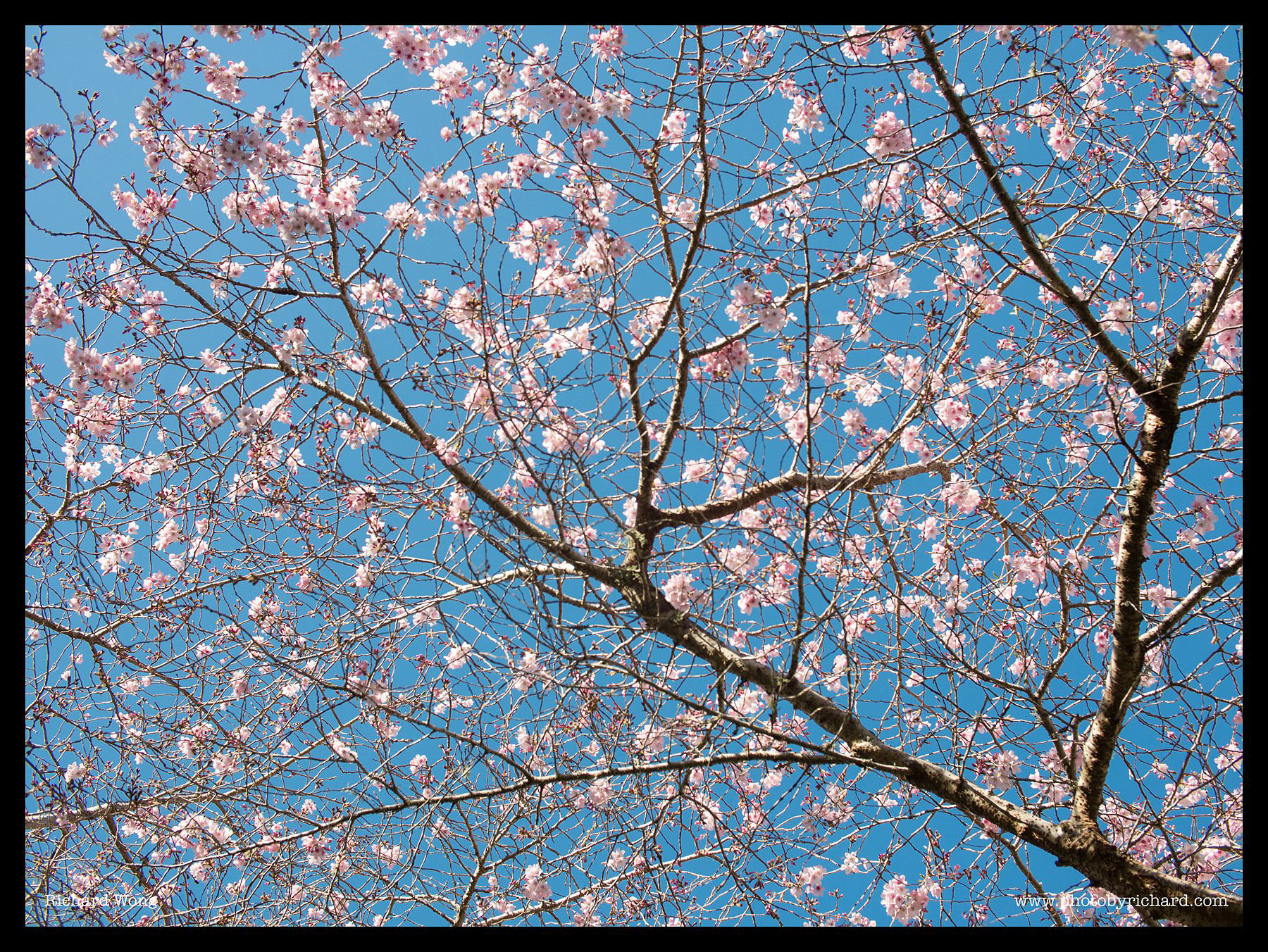 Panasonic GX7 + Mitakon Speedmaster 25mm f/0.95 – ISO 200 f/4 1/1250s
Panasonic GX7 + Mitakon Speedmaster 25mm f/0.95 – ISO 200 f/4 1/1250s
As you probably can figure out from my review, the Mitakon Speedmaster 25mm f/0.95 is not perfect. There are quite a few flaws. Having said that I’m quite happy by what Zhongyi has achieved. Creating a super fast f/0.95 lens is never easy and creating one that is noticeably smaller, lighter and cheaper than what a well respected brand like Voigtlander is offering is really an ambitious goal. It is such a challenging goal that even attempting to do it is already quite a big achievement.
So while the Mitakon is not as refined there are quite a few things that the Mitakon can definitely improve, such as the corner sharpness and maybe bokeh (if you like smooth bokeh), Zhongyi have done a mostly successful job and created a very respectable product with decent overall image quality and useable f/0.95 (if edge sharpness isn’t your highest priority) and also very solid build quality. ut the best thing is, all in a very compact and not too heavy body and comes with a very affordable price.
If you were interested in the Voigtlander Nokton 25mm f/0.95 but scared by it’s size, weight or price, then you should seriously consider the Mitakon Speedmaster 25mm f/0.95. While the Mitakon Speedmaster may not be as refined as the Voigtlander in a few areas, remember the price is only half of the Voigtlander Nokton. And most importantly, it is a lot smaller and lighter than the Voigtlander, it’s even smaller than the Panasonic Leica 25mm f/1.4 which makes it a perfect lens to carry around everyday if you want! With a small micro four thirds camera like the Panasonic GM5 and pair it with the Mitakon 25mm f/0.95, it gives you an almost pocketable camera but with the same shallow DOF look and excellent low light performance comparable to a full frame camera and a 50mm f/1.8 lens. And to me, this is exactly what the micro four thirds system is designed for! A very compact lightweight setup that can rival those big full frame cameras.
While not optically perfect, the visual artifacts means the Mitakon Speedmaster 25mm f/0.95 can create some interesting images with a special character if used appropirately. Even if you don’t like those visual artifacts, at US$399, you will probably agree the Mitakon offers excellent value for money and it is a very solid product.
It is good to see companies offering affordable and alternative lens choice to us end users and I’m certainly looking forward to see what other exciting products Zhongyi will offer in the future.
Reviewer: Richard Wong
Richard is a multi-award winning wedding/portrait photographer based in Auckland, New Zealand. Richard’s website is www.photobyrichard.com and his facebook page is https://www.facebook.com/PhotoByRichard
Richard is also a contributing writer for a few photography magazines.
https://www.facebook.com/ReviewByRichard
Like my review? Follow me on facebook!
All photos and text Copyright© 2015 www.photobyrichard.com. All photos and text may not be copied or reproduced in any format without obtaining written permissions
More Sample Photos
(RAW Convert to JPG, edited to taste in Adobe Lightroom, but with zero CA correction, distortion correction and vignetting correction)
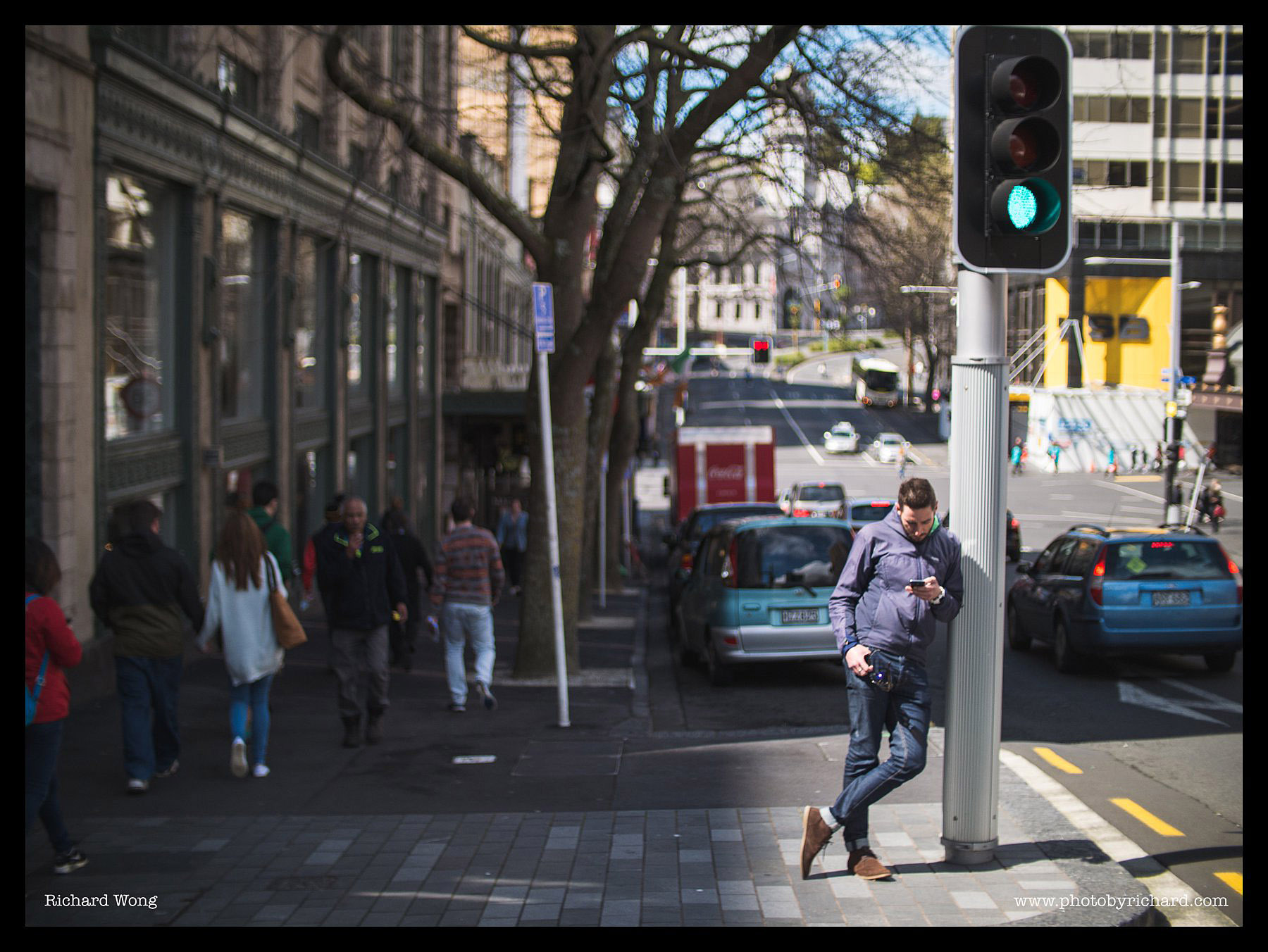 Panasonic GX7 + Mitakon Speedmaster 25mm f/0.95 – ISO 200 f/0.95 1/8000s
Panasonic GX7 + Mitakon Speedmaster 25mm f/0.95 – ISO 200 f/0.95 1/8000s
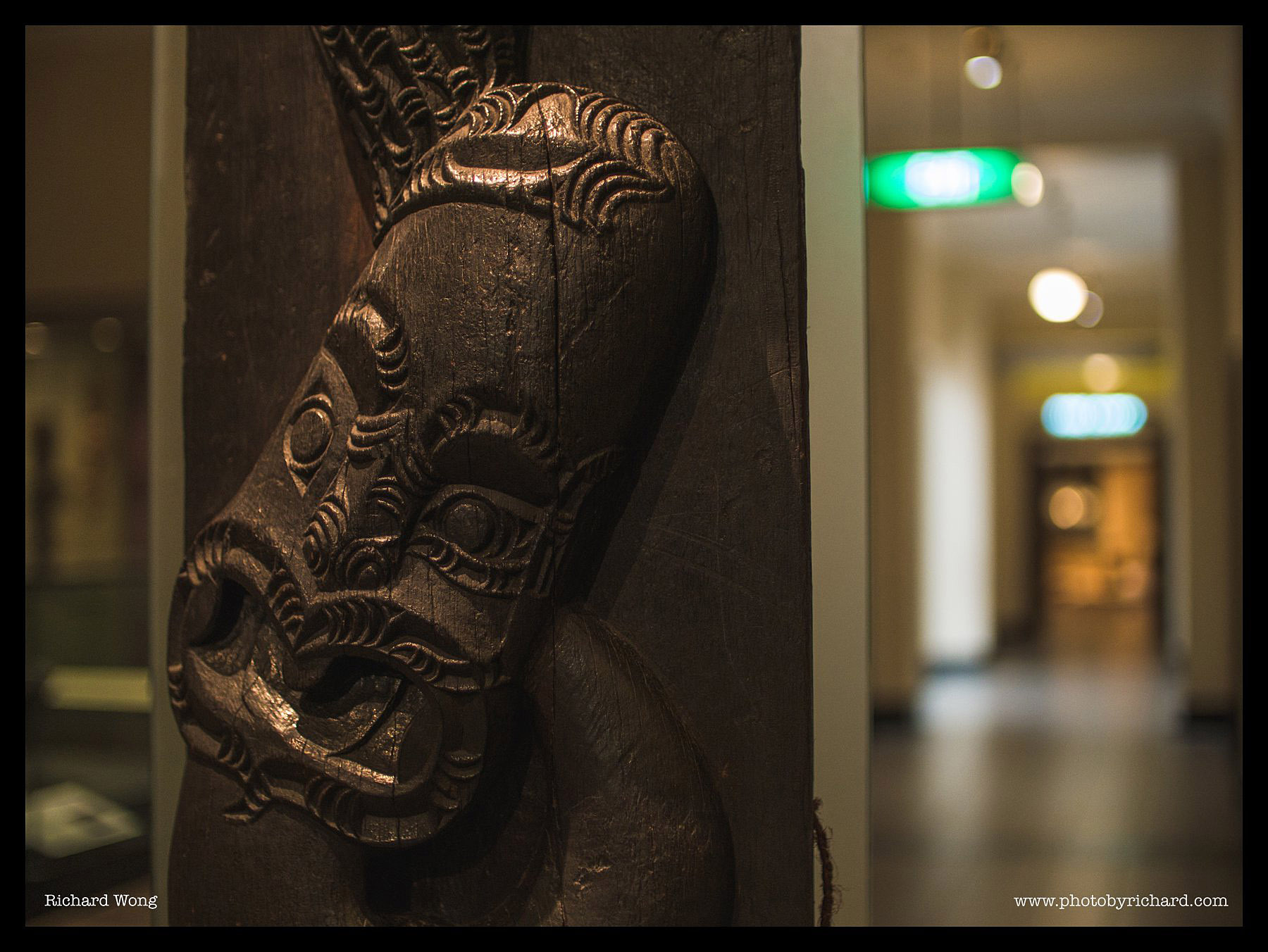 Panasonic GX7 + Mitakon Speedmaster 25mm f/0.95 – ISO 800 f/0.95 1/125s
Panasonic GX7 + Mitakon Speedmaster 25mm f/0.95 – ISO 800 f/0.95 1/125s
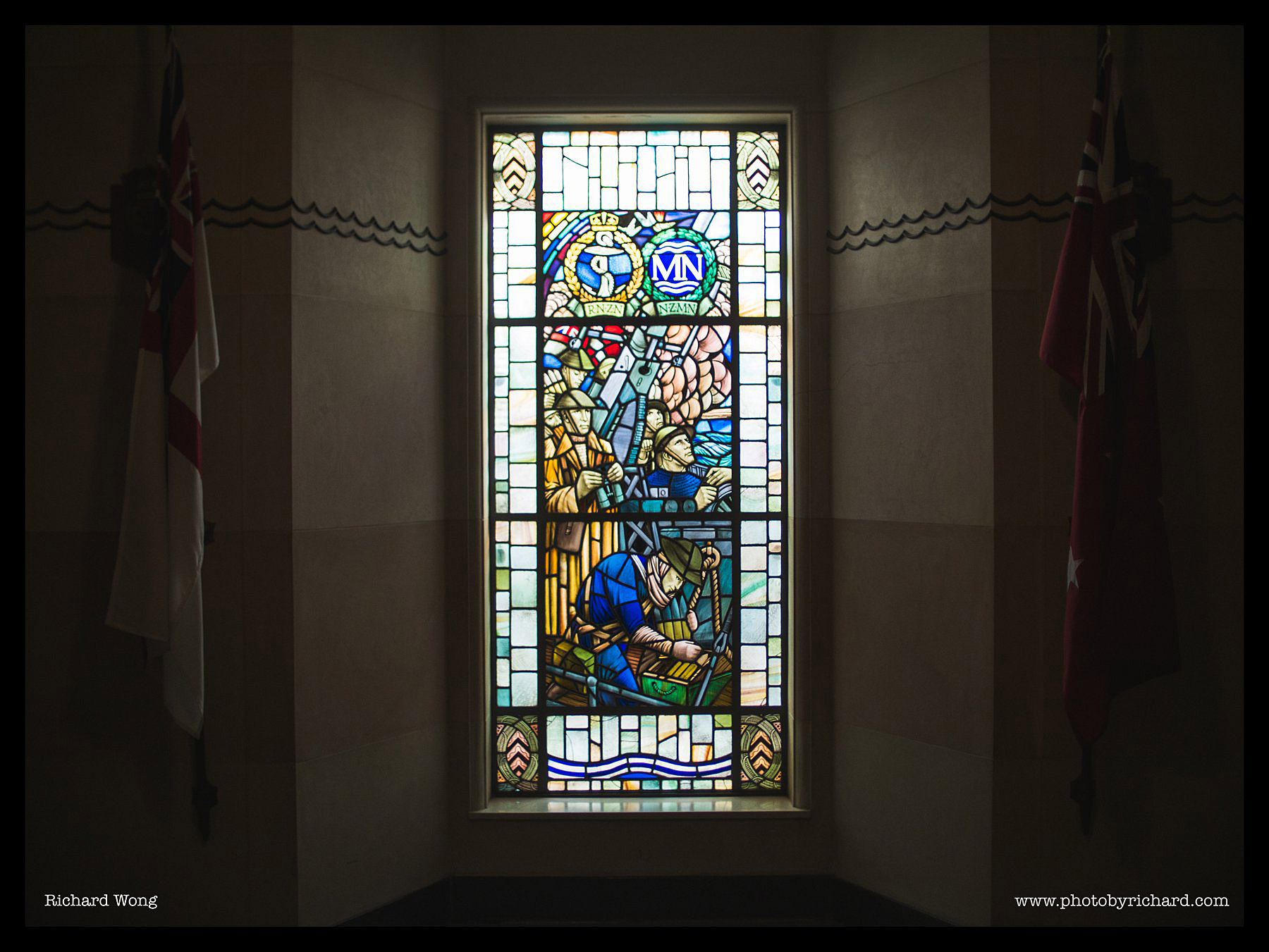 Panasonic GX7 + Mitakon Speedmaster 25mm f/0.95 – ISO 200 f/0.95 1/320s
Panasonic GX7 + Mitakon Speedmaster 25mm f/0.95 – ISO 200 f/0.95 1/320s
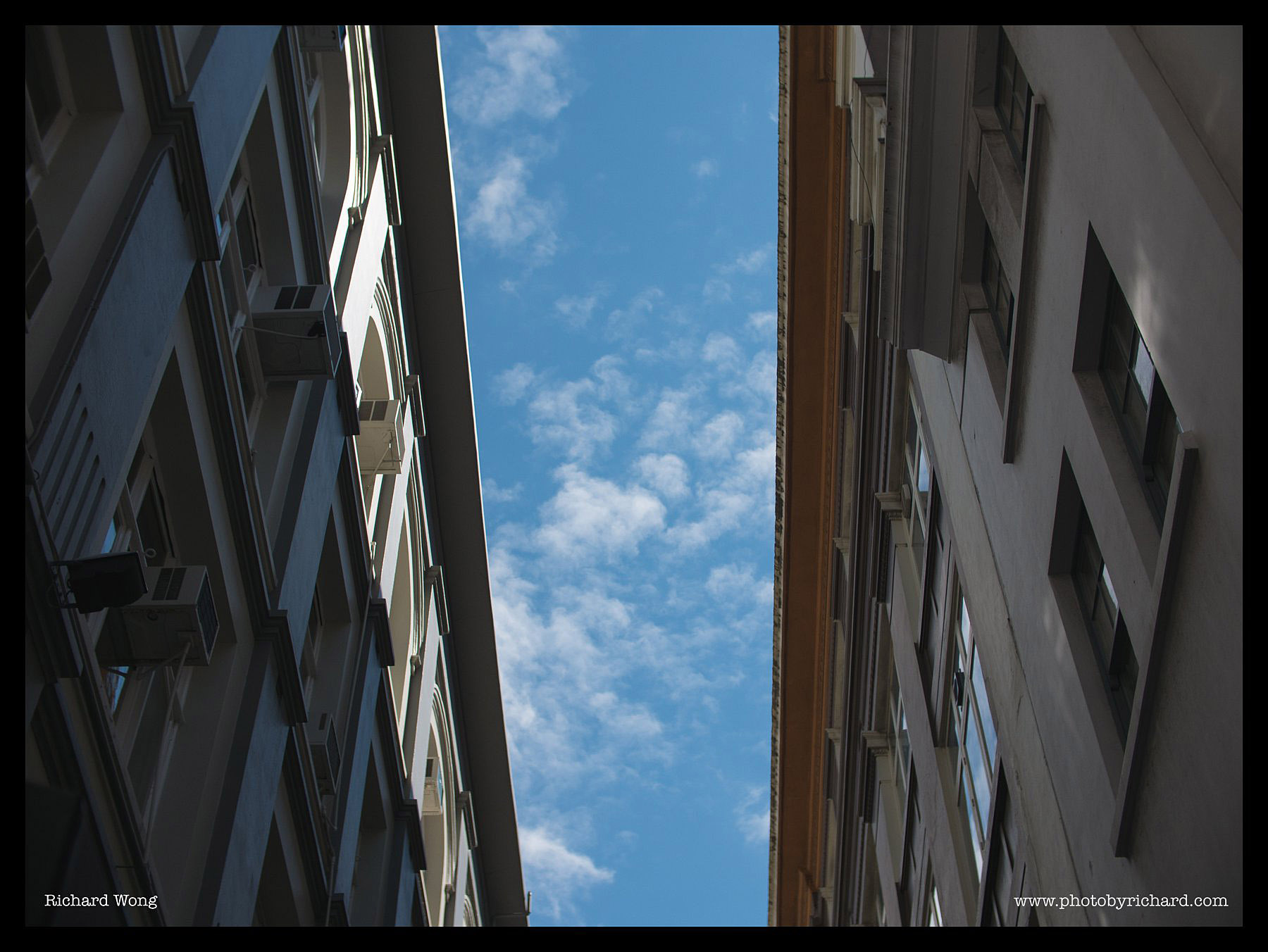 Panasonic GX7 + Mitakon Speedmaster 25mm f/0.95 – ISO 200 f/2 1/8000s
Panasonic GX7 + Mitakon Speedmaster 25mm f/0.95 – ISO 200 f/2 1/8000s
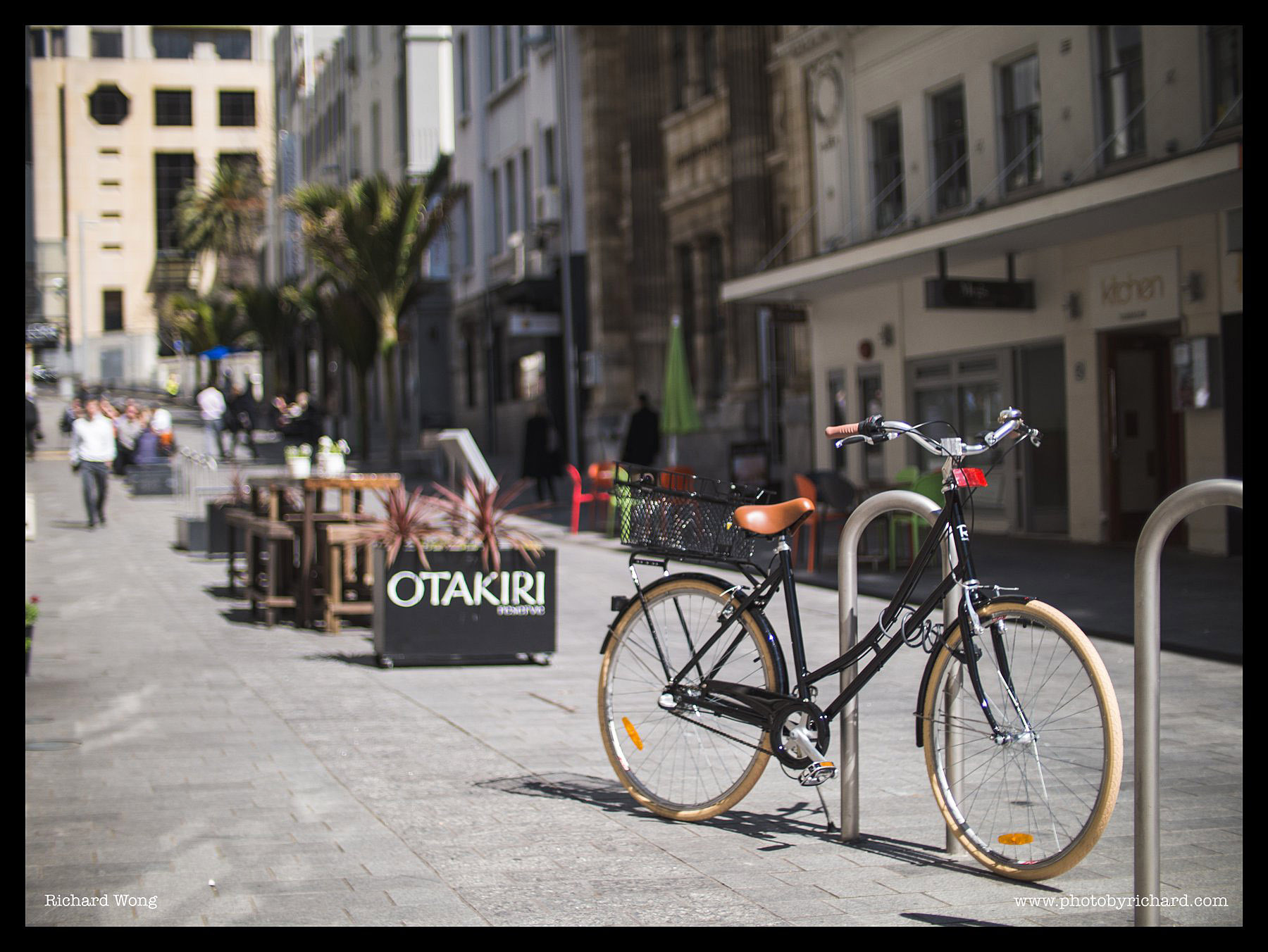 Panasonic GX7 + Mitakon Speedmaster 25mm f/0.95 – ISO 200 f/0.95 1/8000s
Panasonic GX7 + Mitakon Speedmaster 25mm f/0.95 – ISO 200 f/0.95 1/8000s
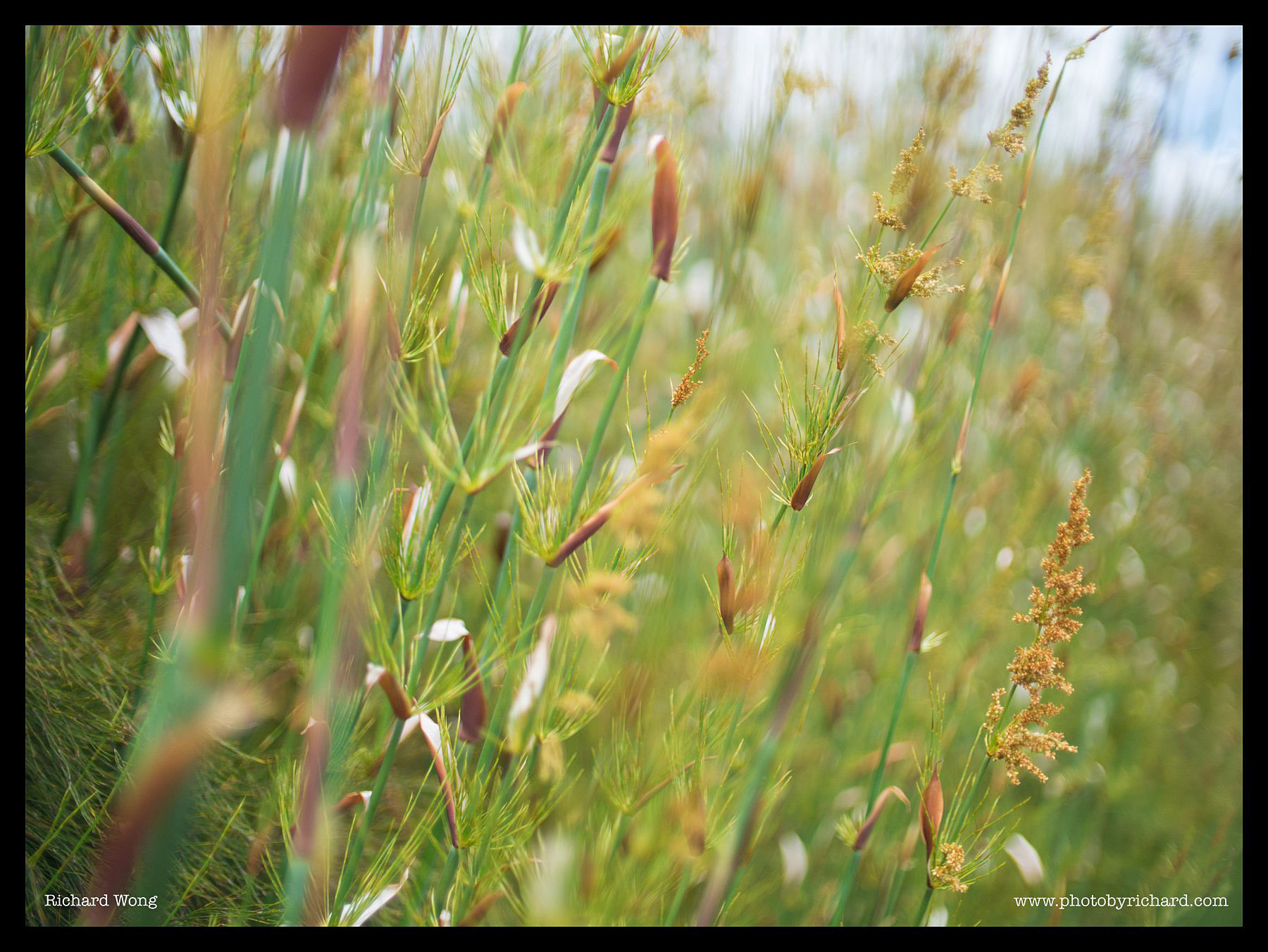 Panasonic GX7 + Mitakon Speedmaster 25mm f/0.95 – ISO 1600 f/0.95 1/8000s
Panasonic GX7 + Mitakon Speedmaster 25mm f/0.95 – ISO 1600 f/0.95 1/8000s
 Panasonic GX7 + Mitakon Speedmaster 25mm f/0.95 – ISO 200 f/0.95 1/2500s
Panasonic GX7 + Mitakon Speedmaster 25mm f/0.95 – ISO 200 f/0.95 1/2500s
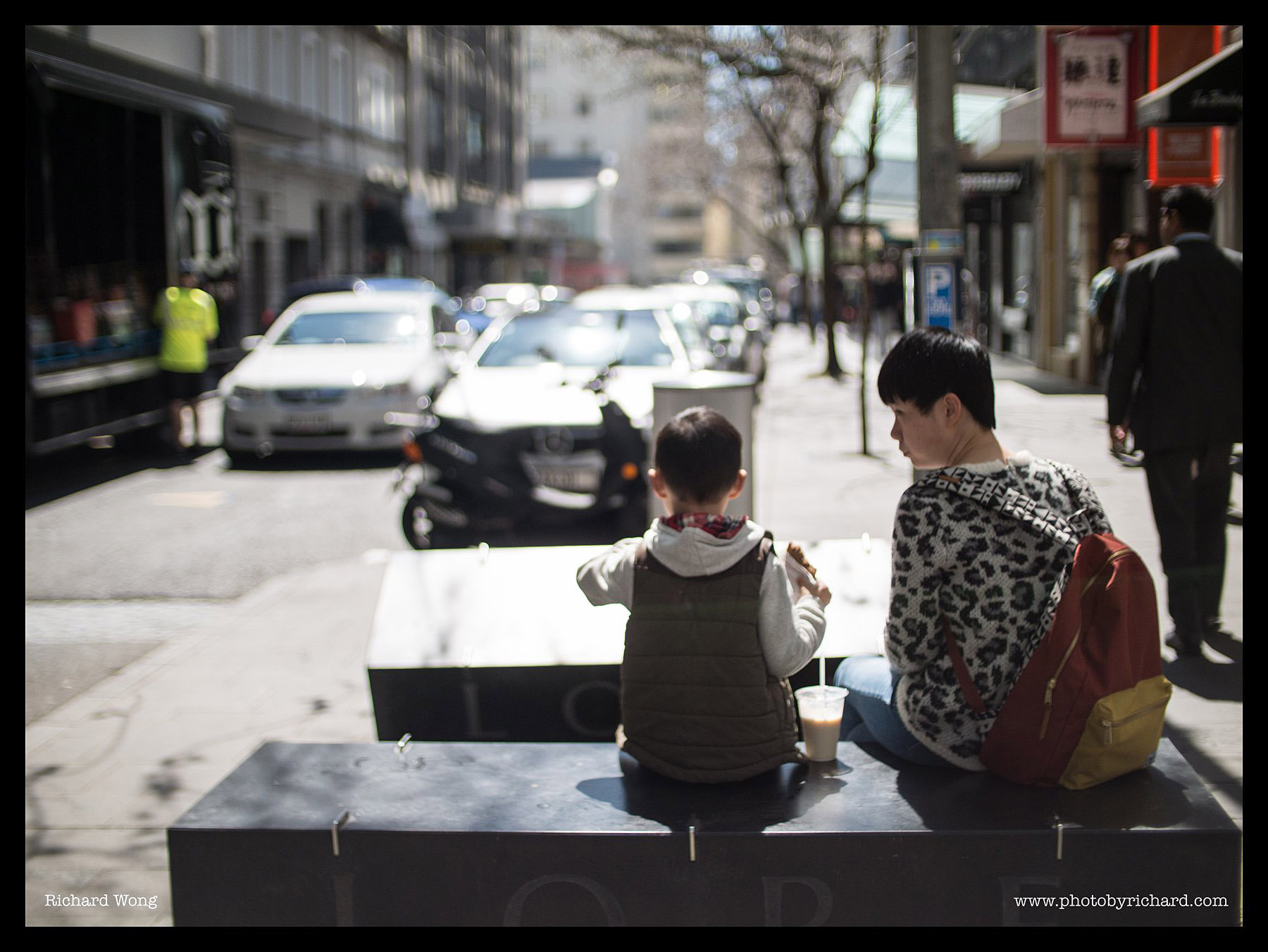 Panasonic GX7 + Mitakon Speedmaster 25mm f/0.95 – ISO 200 f/0.95 1/8000s
Panasonic GX7 + Mitakon Speedmaster 25mm f/0.95 – ISO 200 f/0.95 1/8000s
 Panasonic GX7 + Mitakon Speedmaster 25mm f/0.95 – ISO 200 f/0.95 1/8000s
Panasonic GX7 + Mitakon Speedmaster 25mm f/0.95 – ISO 200 f/0.95 1/8000s
 Panasonic GX7 + Mitakon Speedmaster 25mm f/0.95 – ISO 200 f/0.95 1/3200s
Panasonic GX7 + Mitakon Speedmaster 25mm f/0.95 – ISO 200 f/0.95 1/3200s
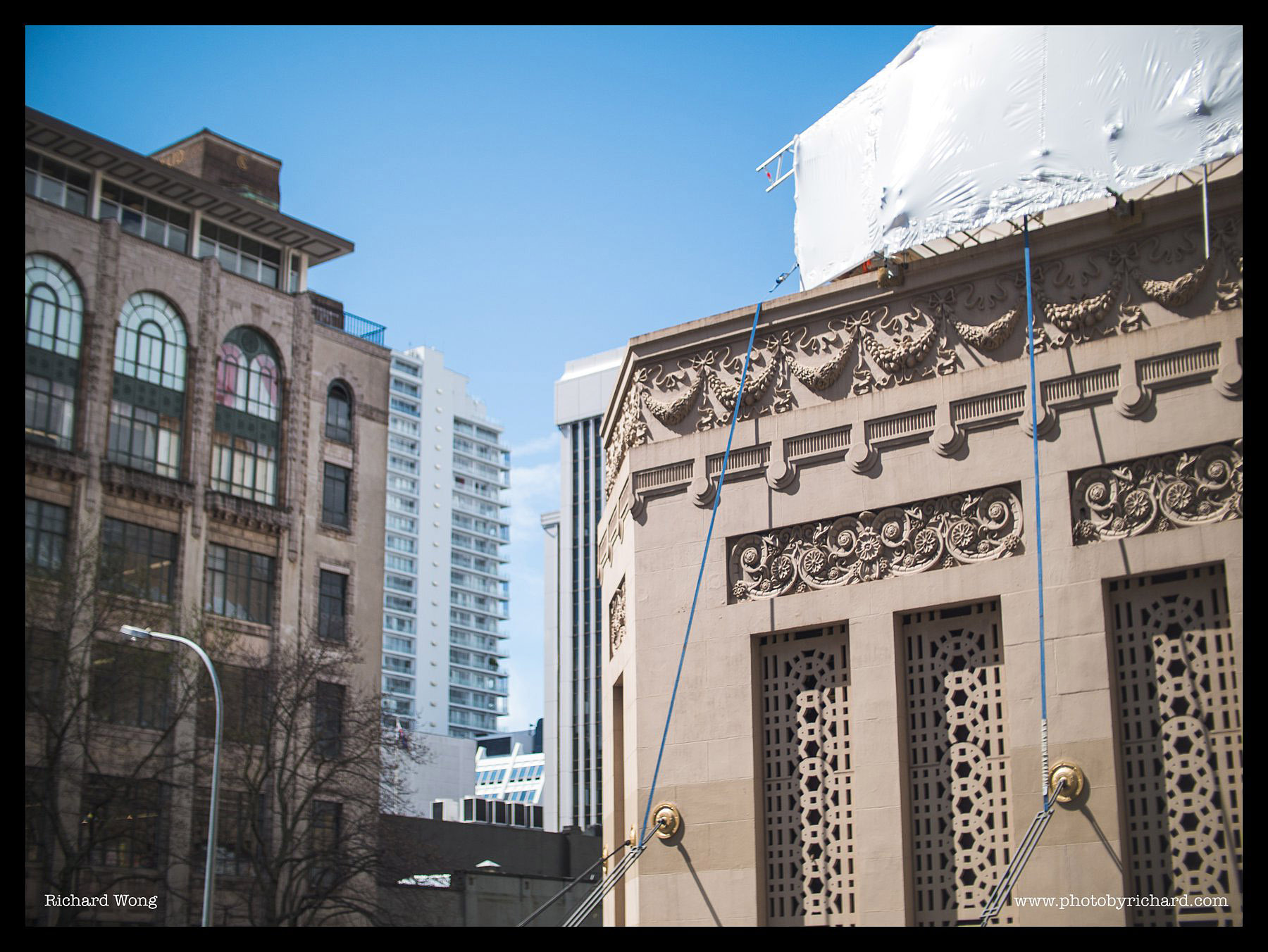 Panasonic GX7 + Mitakon Speedmaster 25mm f/0.95 – ISO 200 f/0.95 1/8000s
Panasonic GX7 + Mitakon Speedmaster 25mm f/0.95 – ISO 200 f/0.95 1/8000s
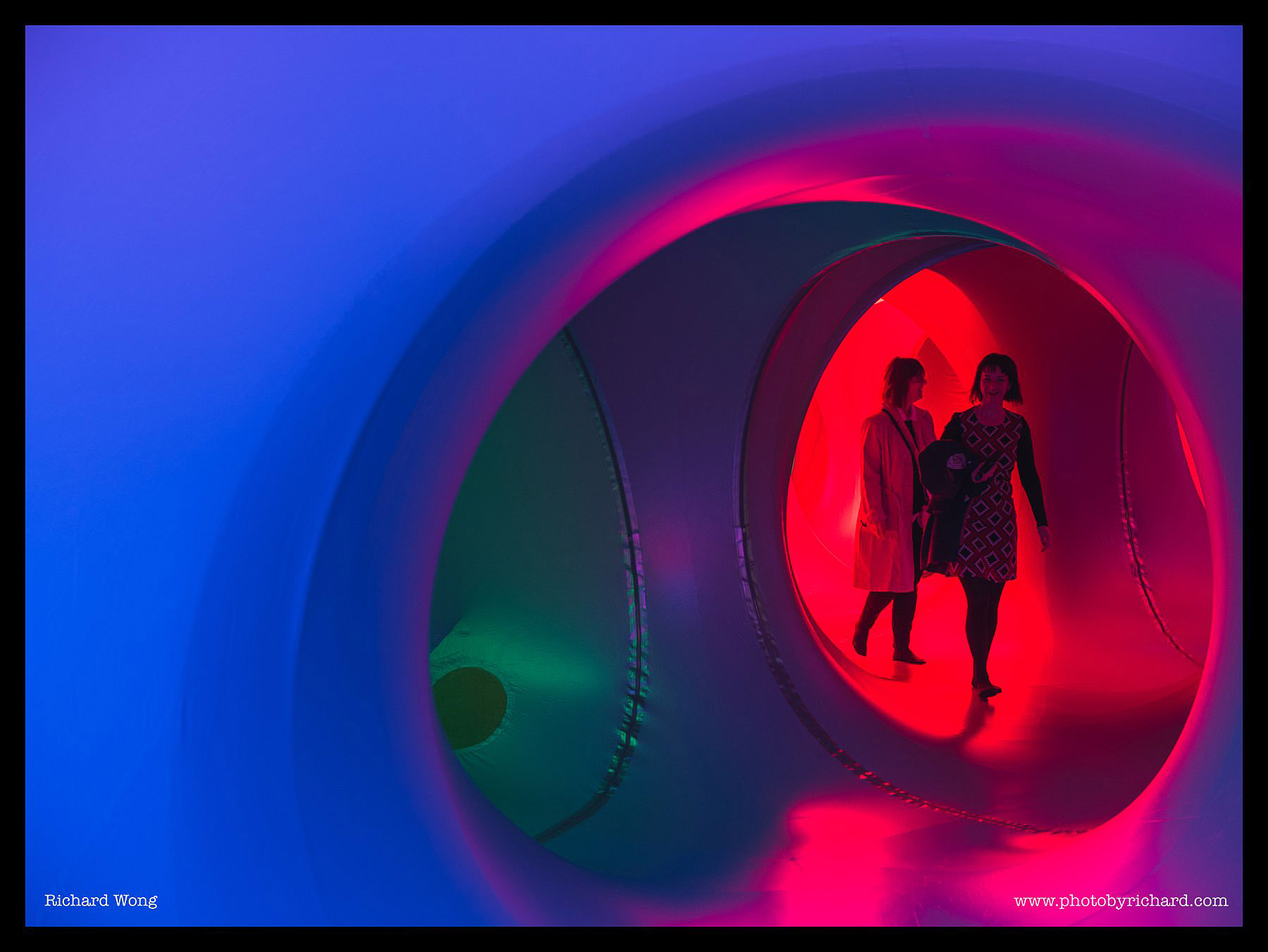 Panasonic GX7 + Mitakon Speedmaster 25mm f/0.95 – ISO 200 f/0.95 1/160s
Panasonic GX7 + Mitakon Speedmaster 25mm f/0.95 – ISO 200 f/0.95 1/160s
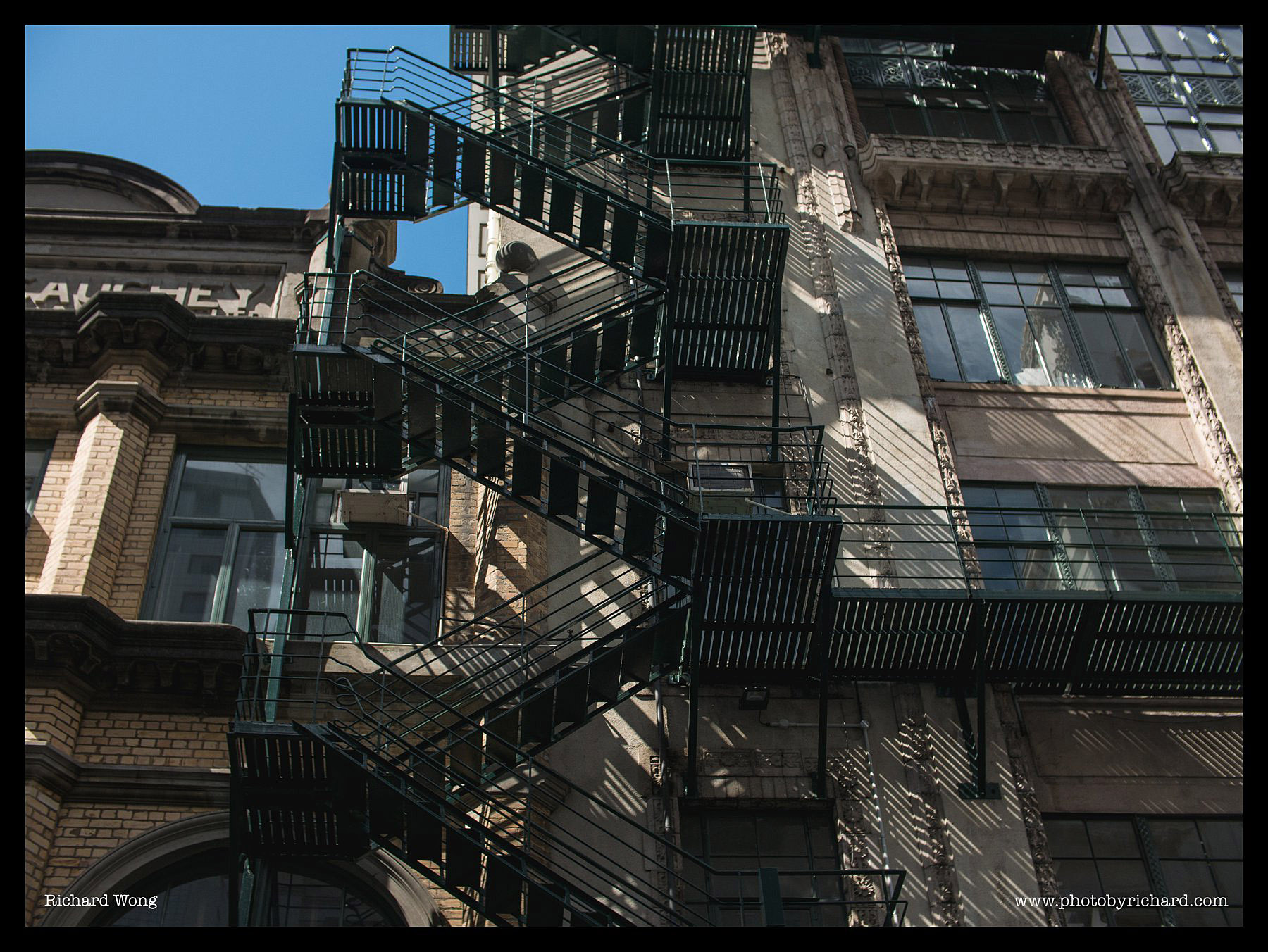 Panasonic GX7 + Mitakon Speedmaster 25mm f/0.95 – ISO 200 f/2 1/3200s
Panasonic GX7 + Mitakon Speedmaster 25mm f/0.95 – ISO 200 f/2 1/3200s
 Panasonic GX7 + Mitakon Speedmaster 25mm f/0.95 – ISO 200 f/0.95 1/1000s
Panasonic GX7 + Mitakon Speedmaster 25mm f/0.95 – ISO 200 f/0.95 1/1000s
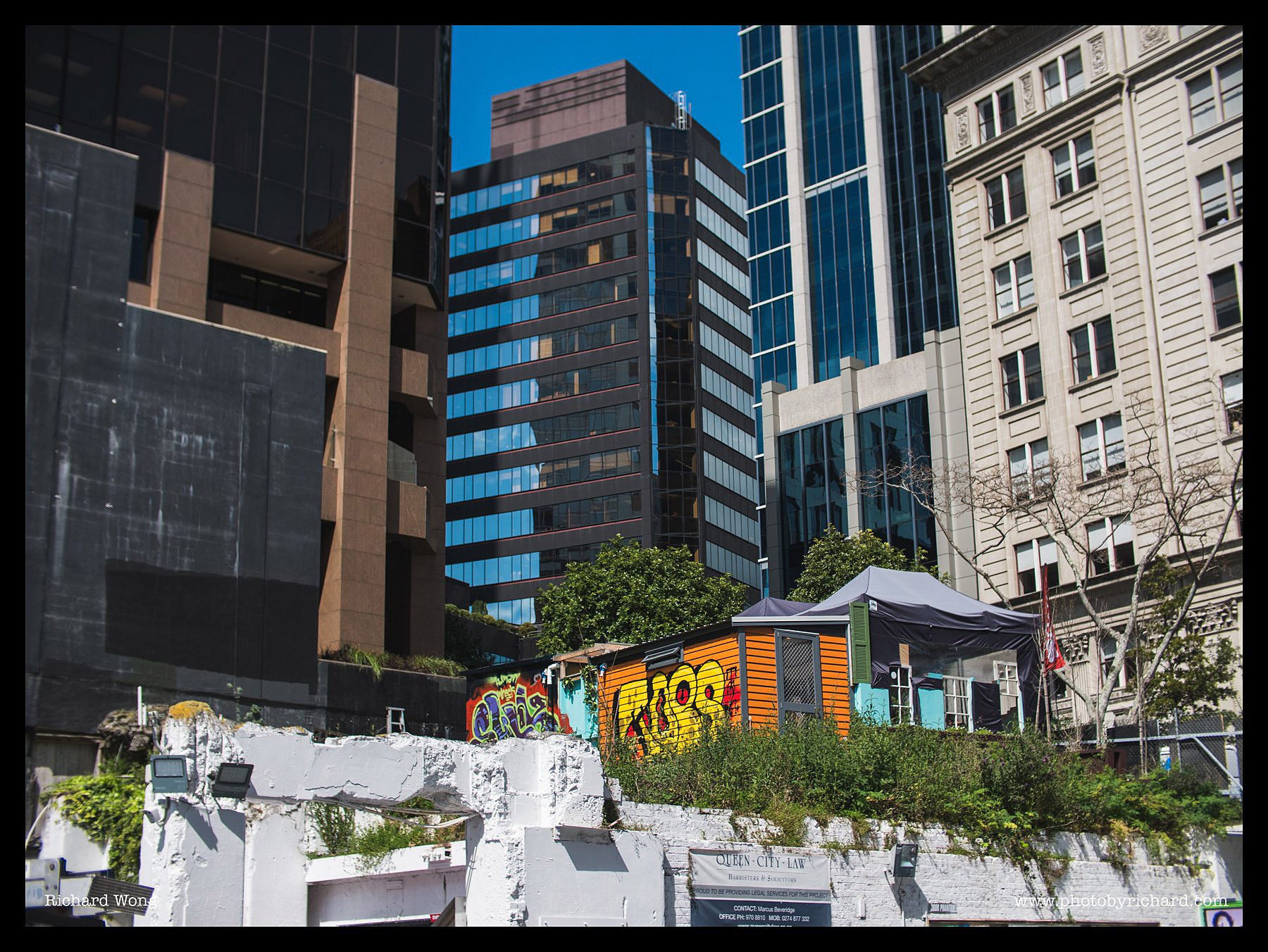 Panasonic GX7 + Mitakon Speedmaster 25mm f/0.95 – ISO 200 f/4 1/8000s
Panasonic GX7 + Mitakon Speedmaster 25mm f/0.95 – ISO 200 f/4 1/8000s
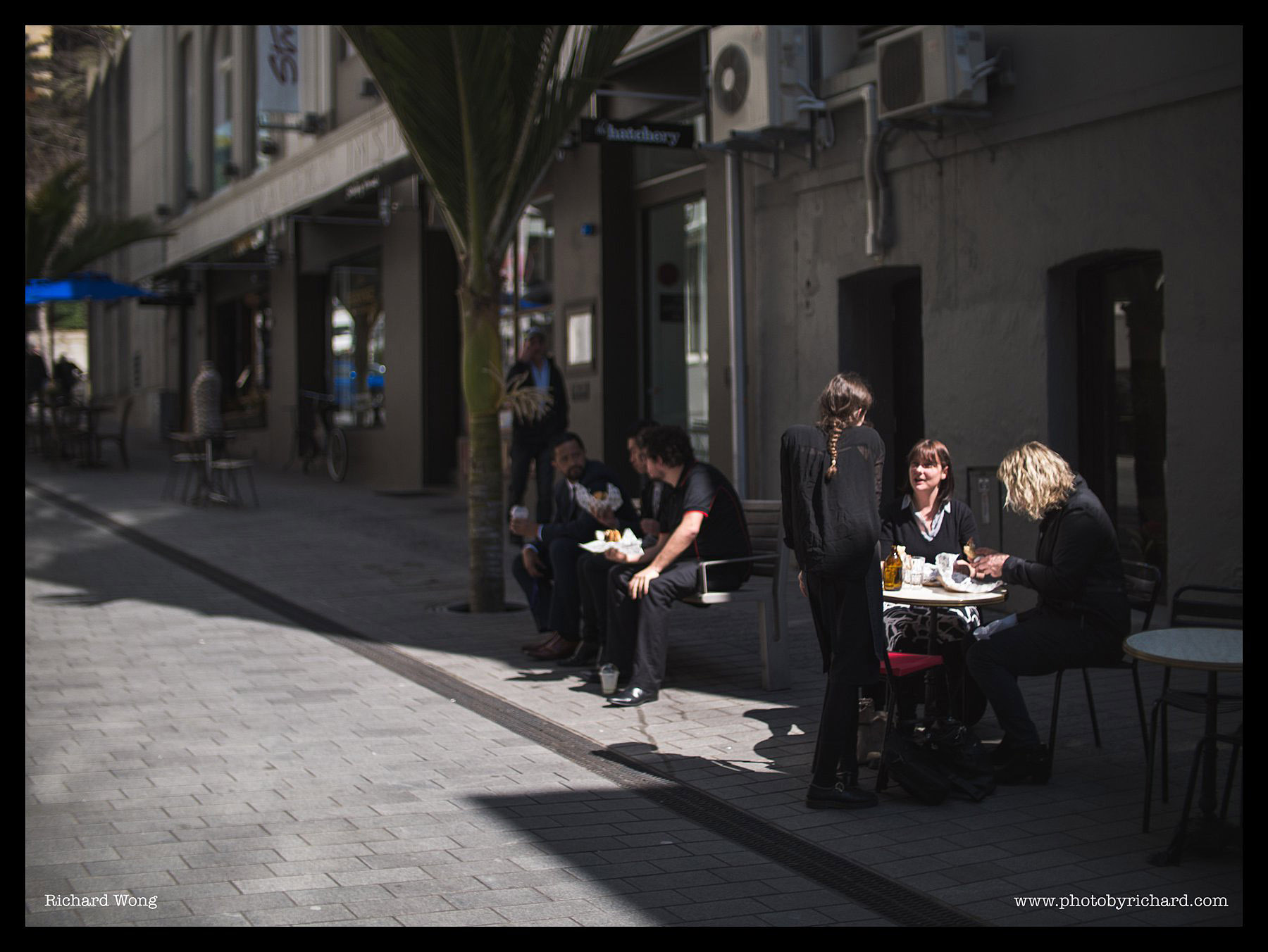 Panasonic GX7 + Mitakon Speedmaster 25mm f/0.95 – ISO 200 f/0.95 1/8000s
Panasonic GX7 + Mitakon Speedmaster 25mm f/0.95 – ISO 200 f/0.95 1/8000s
 Panasonic GX7 + Mitakon Speedmaster 25mm f/0.95 – ISO 200 f/0.95 1/8000s
Panasonic GX7 + Mitakon Speedmaster 25mm f/0.95 – ISO 200 f/0.95 1/8000s
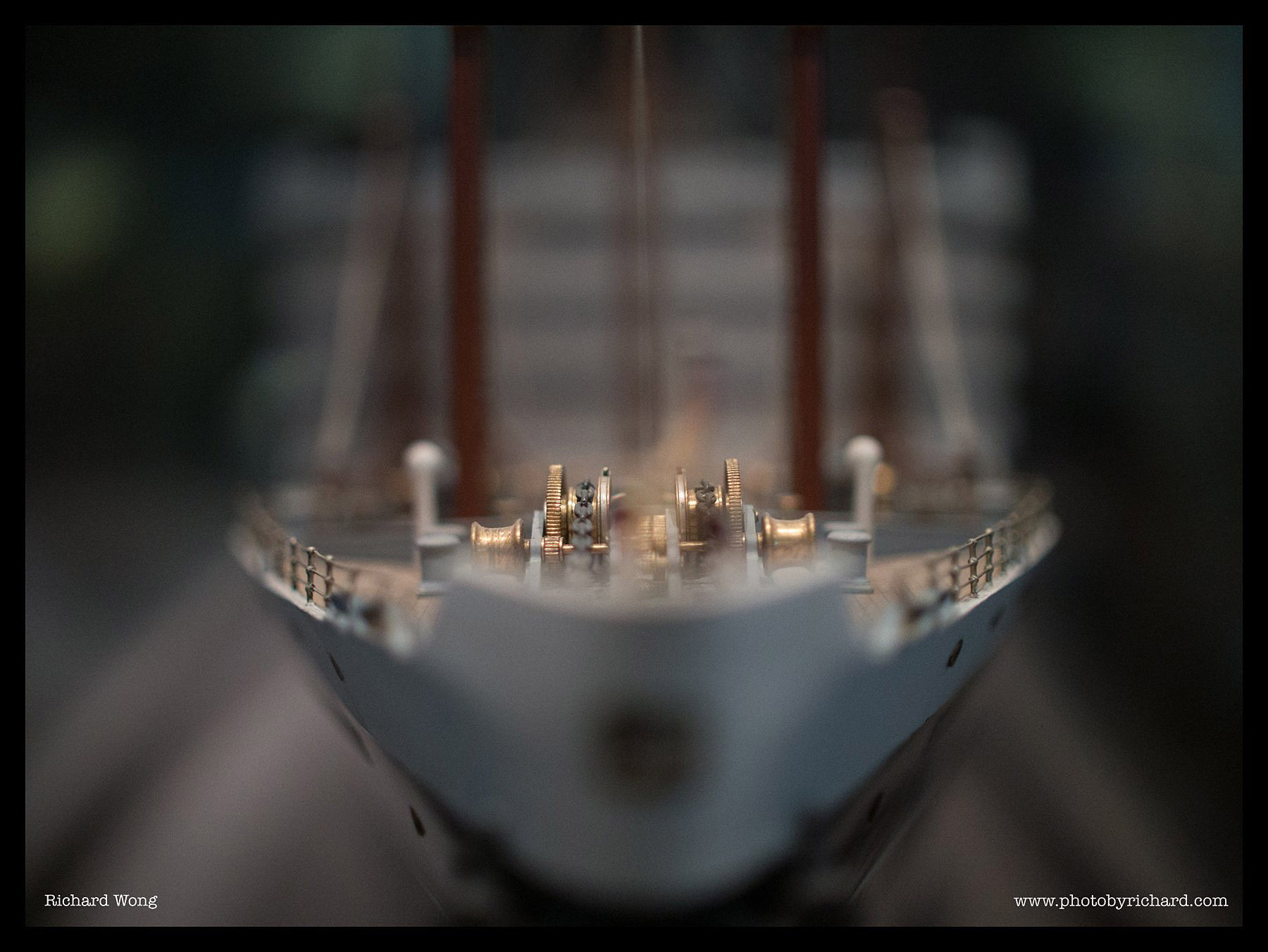 Panasonic GX7 + Mitakon Speedmaster 25mm f/0.95 – ISO 1600 f/0.95 1/125s
Panasonic GX7 + Mitakon Speedmaster 25mm f/0.95 – ISO 1600 f/0.95 1/125s
